How to care for Orchids the Earthworm Technologies way will be the topic for discussion this time! In other words EASILY AND ORGANICALLY because after all that is one of our mantras!
If you’ve been following us for a while or bought our organic gardening plant food products you know that we like to interact with our customers as well as other gardeners, writers and pretty much anyone interested in gardening. This past season we were asked lots of various gardening questions while mingling with our customers at garden shows, farmers markets, on social media and online but one topic that seemed to come up over and over was of course, one of our favorite flowering houseplants and most likely one of yours as well…ORCHIDS!
We’ve received every question in the book on how to care for Orchids ranging from how to grow Orchids, how to repot an Orchid, how to water Orchids down to the proper Orchid food to use (that one’s easy…our TeaDrops Orchid, Bromeliad & Tillandsia (Air Plant) organic plant fertilizer works perfectly as an Orchid Fertilizer for regular feeding throughout the year, but we’ll get into why later).
So, we decided it’s time to write our first Plant Care Blog Series and the guest of honor is Orchids! We will be writing a comprehensive How To Care For Orchids 101 course with various sections to be added as time goes on (we’ll post a new article every week, so don’t forget to sign up for our blog newsletter at the bottom of this page so you’ll be notified when the next section gets posted).
Now on to the introduction…
How to care for Orchids:
Orchids are one of our favorite flowering plants (although to be honest, with over 60 kinds of houseplants in our repertoire you might be hearing “favorite” a lot in upcoming articles :). We have found over the years that a mere mention of the word “Orchid” gets people excited because the flowers are so gorgeous but is immediately followed by an “oh boy, I can never get those plants to grow.”
It can be an intimidating flower to keep in the house but it doesn’t have to be so! Our philosophy has always been to understand the underlying root (pun intended) of a subject to fully understand how to maximize its potential. We do this when creating our organic plant fertilizer and we also do it when growing all the varieties of plants and flowers we have in the Earthworm Technologies’ gardens. Orchids are no different and we’re going to explain it to you as easy as possible so you can grow these gorgeous perennials yourself for years to come.
The first thing you should know about Orchids
is that they make up quite an expansive family of plants that have thousands of different species not to mention thousands of hybrids. You may have come across some of more popular varieties of Orchids before (especially if you’ve gone to a Botanical Garden or attended an Orchid Garden Show).
Some of these types include Catleya, Dendrobium, Epidendrum and of course who doesn’t know the Phalaenopsis Orchid? Most of you will be familiar with the Phalaenopsis Orchids because these are the typical “go-to” Orchids you’ll find in your local grocery stores and garden nurseries. Phalaenopsis Orchids are also most commonly known as Moth Orchids!
The second thing that is REALLY important to know about Orchids
is they can be either terrestrial or epiphytic. This distinction marks a VERY BIG difference in how you should care for your Orchid.
Terrestrials (stemming from the root Terra meaning of the Earth) are commonly plants that grow ON OR IN the earth. These types of plants are what we’re all most used to growing. Picture any flower or plant you grow in the soil from African Violets to Coleus plants to tomatoes, etc.
Epiphytes, on the other hand, are plants that grow ON other plants and capture their needs from things outside of the earth (for example from the air, outside elements and natural sediments and nutrients around).
Ephiphyte root zones tend to be looser and free-flowing. You might be surprised that Epiphytes contains quite a few plants beside Orchids that you’ve probably heard of before. For example, Christmas Cacti, some Ferns, some Mosses, Bromeliads (which also include Tillandsia also known as Air Plants which have become so popular especially on Pinterest :) (side note: an ephiphyte doesn’t mean the plant is feeding on or has a parasitic relationship with its host plant, it’s simply living physically on another plant).
Most of the Orchids we’ll discuss in this how to care for orchids blog series as well as the ones mentioned earlier fall under this Ephiphyte category and the distinction here is what we need to remember when we start discussing how to take care of Orchids especially when it comes to using the proper potting medium, providing ideal watering needs and feeding with optimal nutritional plant food.
To start you off, here are some How To Care For Orchids Quick Tips (we’ll get into the details of all of these points later in the series):
- Orchids do very well in typically household temperatures: picture 70 degrees as an optimal temperature with a slightly cooler climate at night
- Orchids do not like wet roots (remember the epiphyte comment…you want to mimic the Orchid's natural habitat) so keep watering generally to once a week and make sure to drain the water from the container so the Orchid isn’t sitting in it, which brings us to
- Plant your Orchid in either bark or sphagnum moss as your potting base (coconut coir could do well too for a more sustainable option compared to peat moss) and we typically plant the Orchid in a well draining flower pot or in a plastic inner pot liner that you put inside an ornamental pot (this way you can take the inner plastic pot out to water & drain the Orchid and then put it back when done)
- Watering in morning is best and try not to get flowers or leaves wet (if you do accidentally, we typically pat the leaves dry gently with a towel)
- Orchids are not a choice plant for conventional fertilizers because those fertilizers are pumped up on NPK macro nutrients which can kill the Orchid through overdose (we’ll be writing another post on the comparison of high NPK conventional fertilizers with our own lower NPK natural plant food that has a much higher concentration of trace minerals and beneficial plant growth microorganisms soon which you’ll find interesting). Why is our organic plant food the best thing you could use to feed your Orchids? It has over 70 natural minerals & nutrients and a high amount of natural root feeding microorganisms that Orchids are used to and absorb immediately + the added benefit of not killing your plant due to high nitrogen. Our formula is so easy you can just drop a TeaDrops packet in a watering can or bowl of water and then water your Orchid weekly with this solution. We’ve done all the hard work for you so don’t forget to check it out (and keep an eye for our next blog post on how to do this easily all year long)
- Orchids prefer bright indirect sunlight with a window in northern exposure or one with morning to afternoon dappled sun rays
- Orchids do not like change so be careful of moving their position to a place that has more direct sun or where drafts may blow on them as this may results in leaf/flower loss or worse, Orchid death
- Most Orchids bloom typically once a year and then reserve energy for new leaf or root development until they’re ready for the next bloom cycle (this is why it’s important to feed the plant naturally and consistently but NOT with typical high NPK fertilizers found at the local nursery)
- After blooming, besides feeding your Orchid, you also want to help the plant divert its energy towards its goals which is to send new leaves and roots to support future blooms. So you'll want to cut the spent flower stalk down to about 1 inch above the leaves (unless you want to grow some keikis i.e. baby Orchid plant offshoots and propagate your Orchid which is a whole other ballgame and which we’ll cover later)
- When new bloom stalks start to grow, help guide them by gently inserting a bamboo stake and clipping the new stalk to the stake to help it grow vertically Make sure you sign up for our newsletter at the bottom of this article to be notified when we post the next part of our series which will cover how to pot Orchids. If you already know a lot about Orchids and have some tips to add feel free to comment below. If you’re looking to feed your Orchids some amazing nutrients, check out our organic plant food products available directly from us which are perfect for Orchids (as well as any other indoor or outdoor plants & flowers you may be growing).

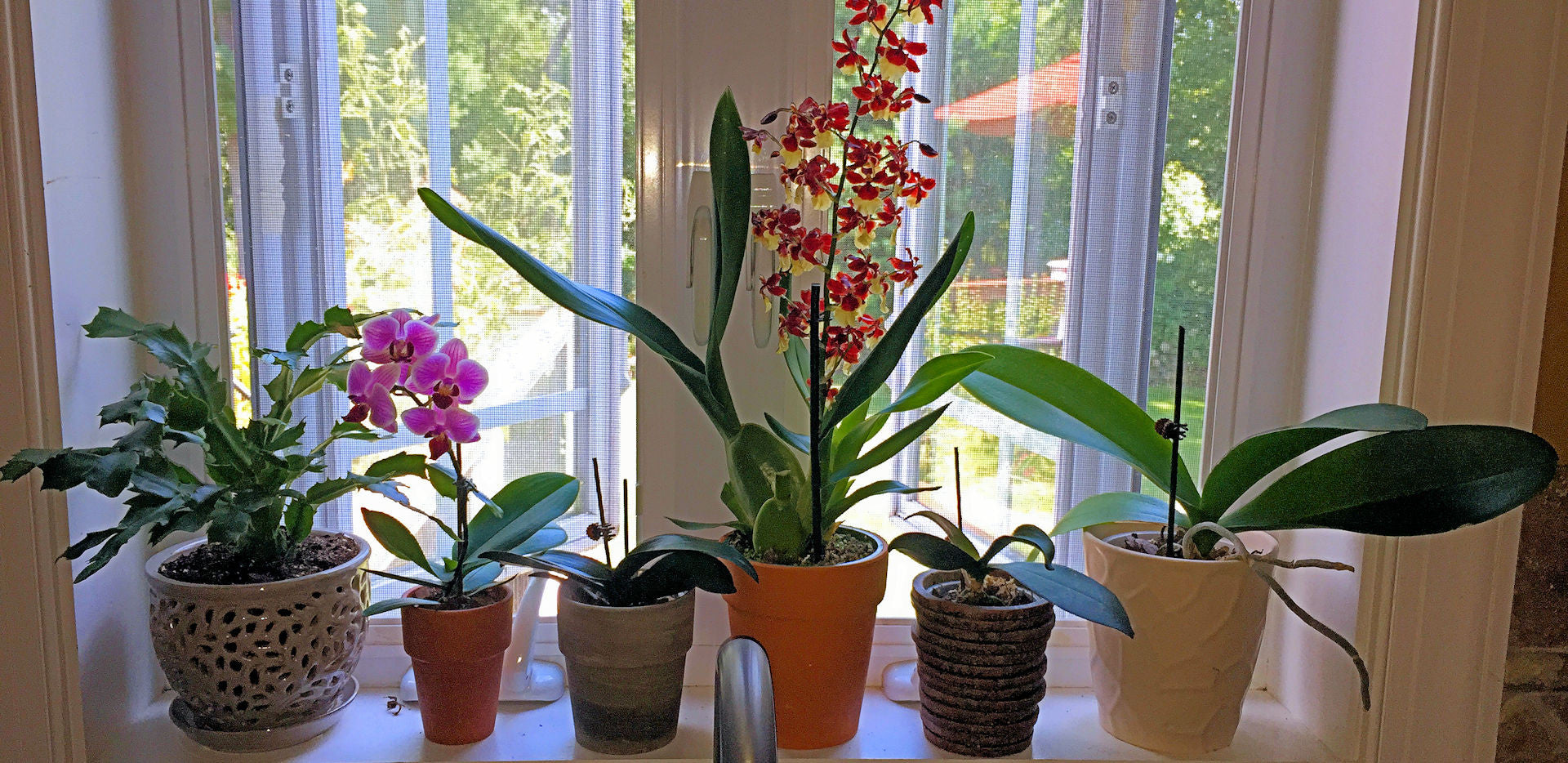
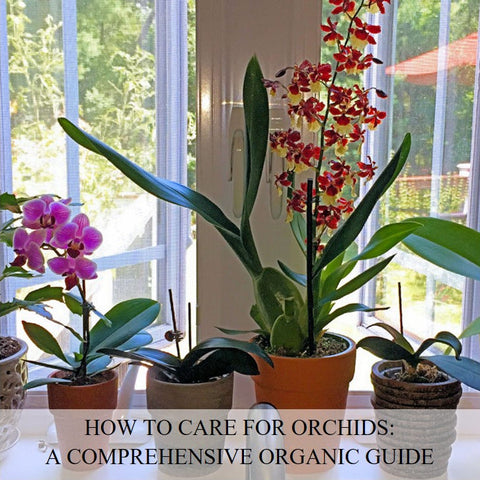
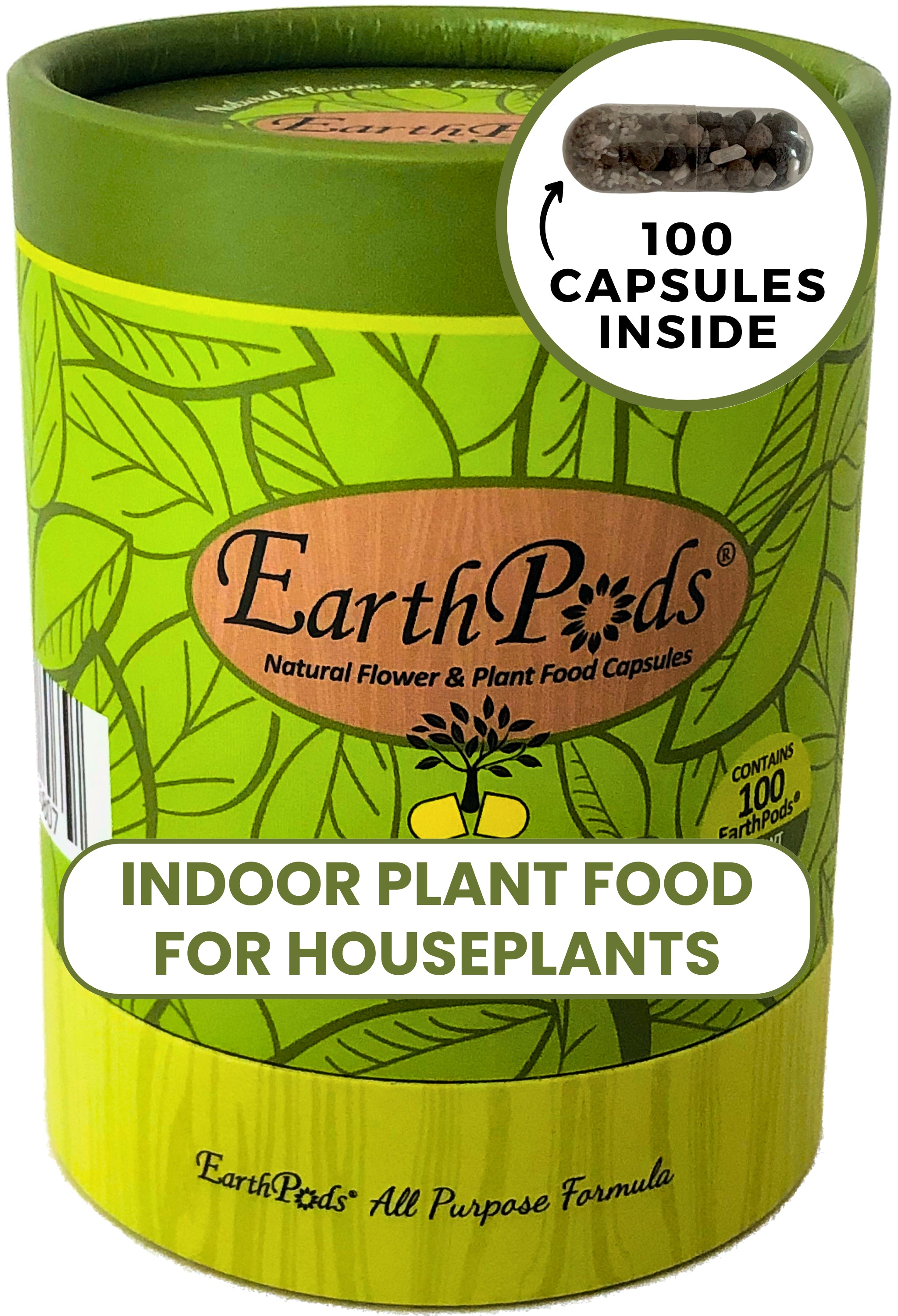
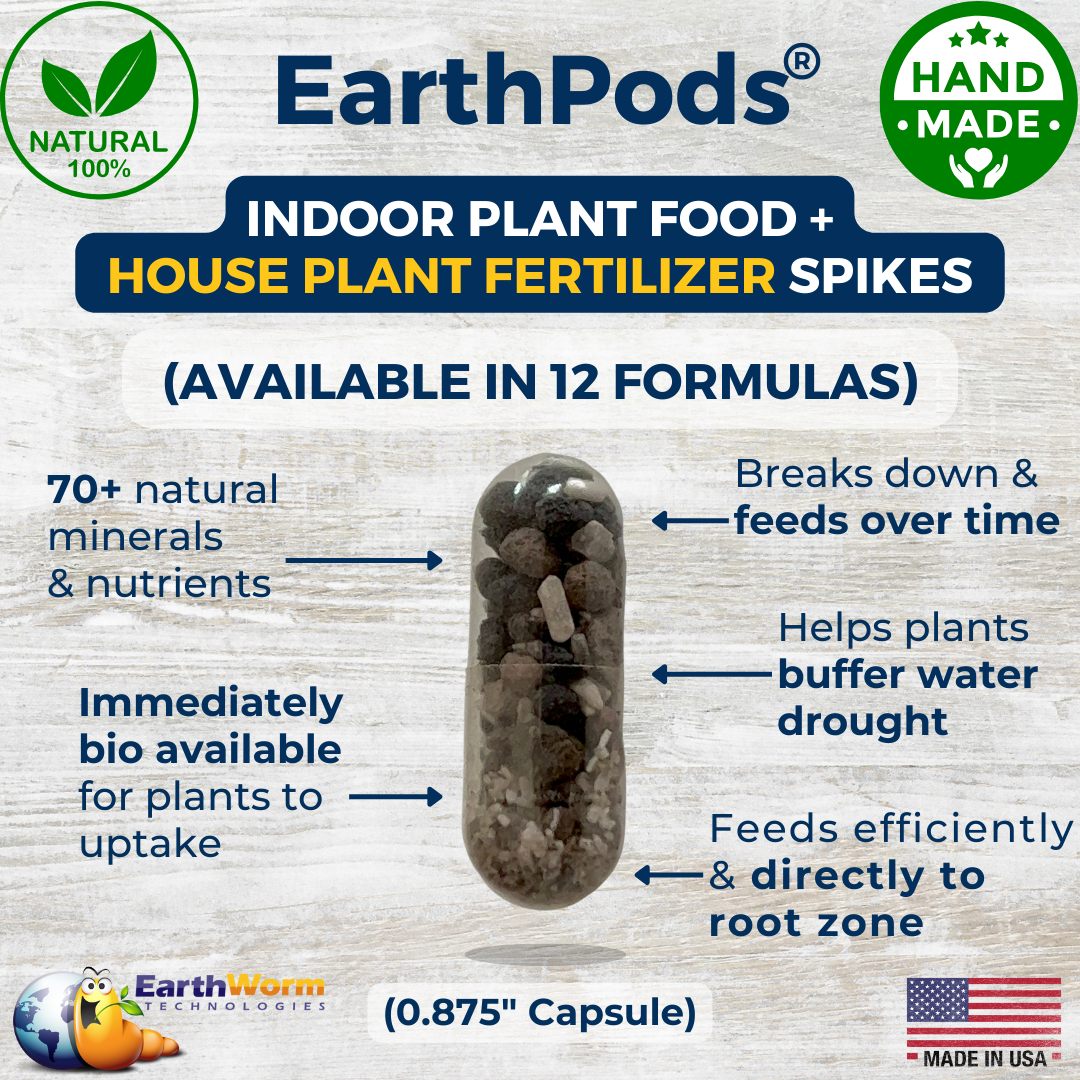
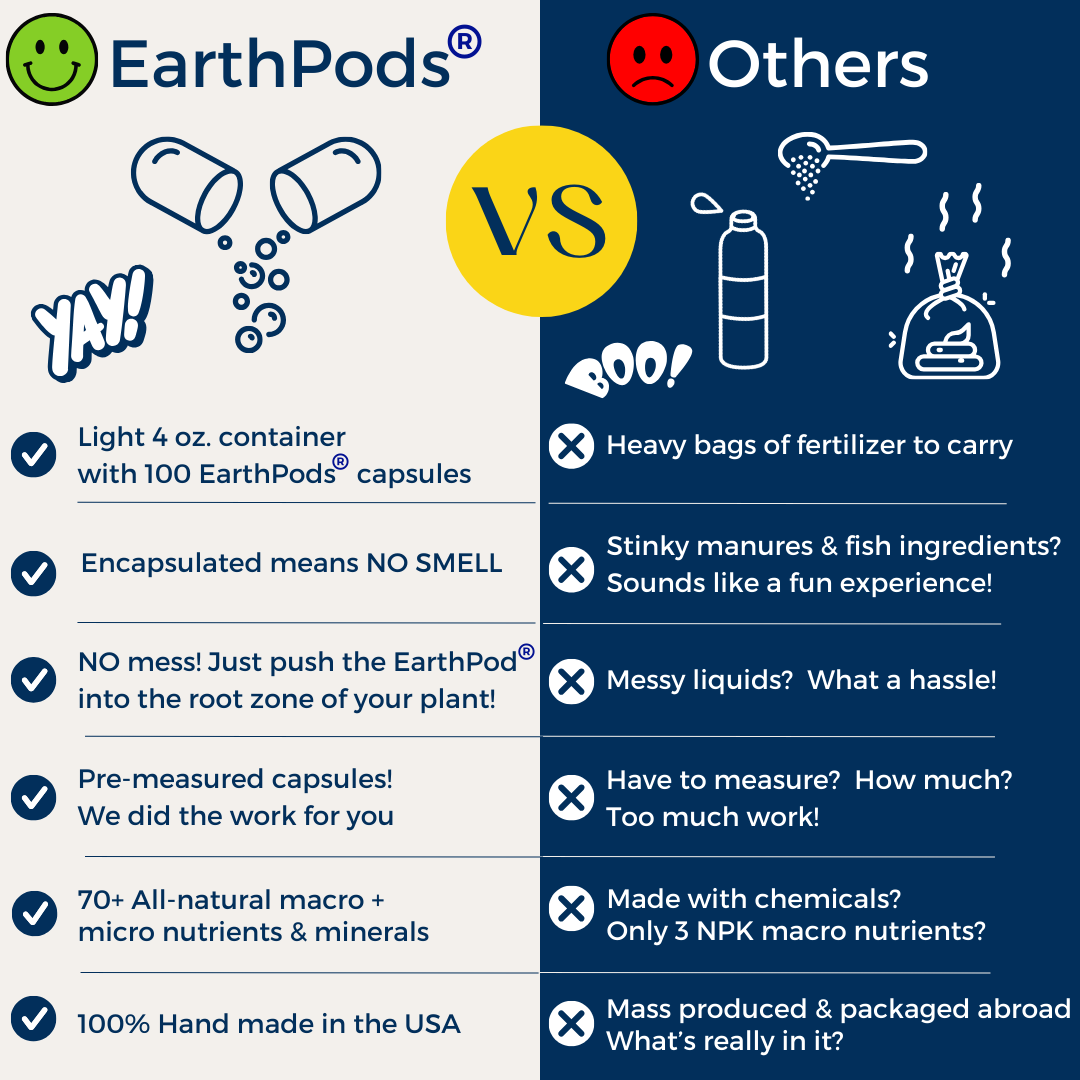
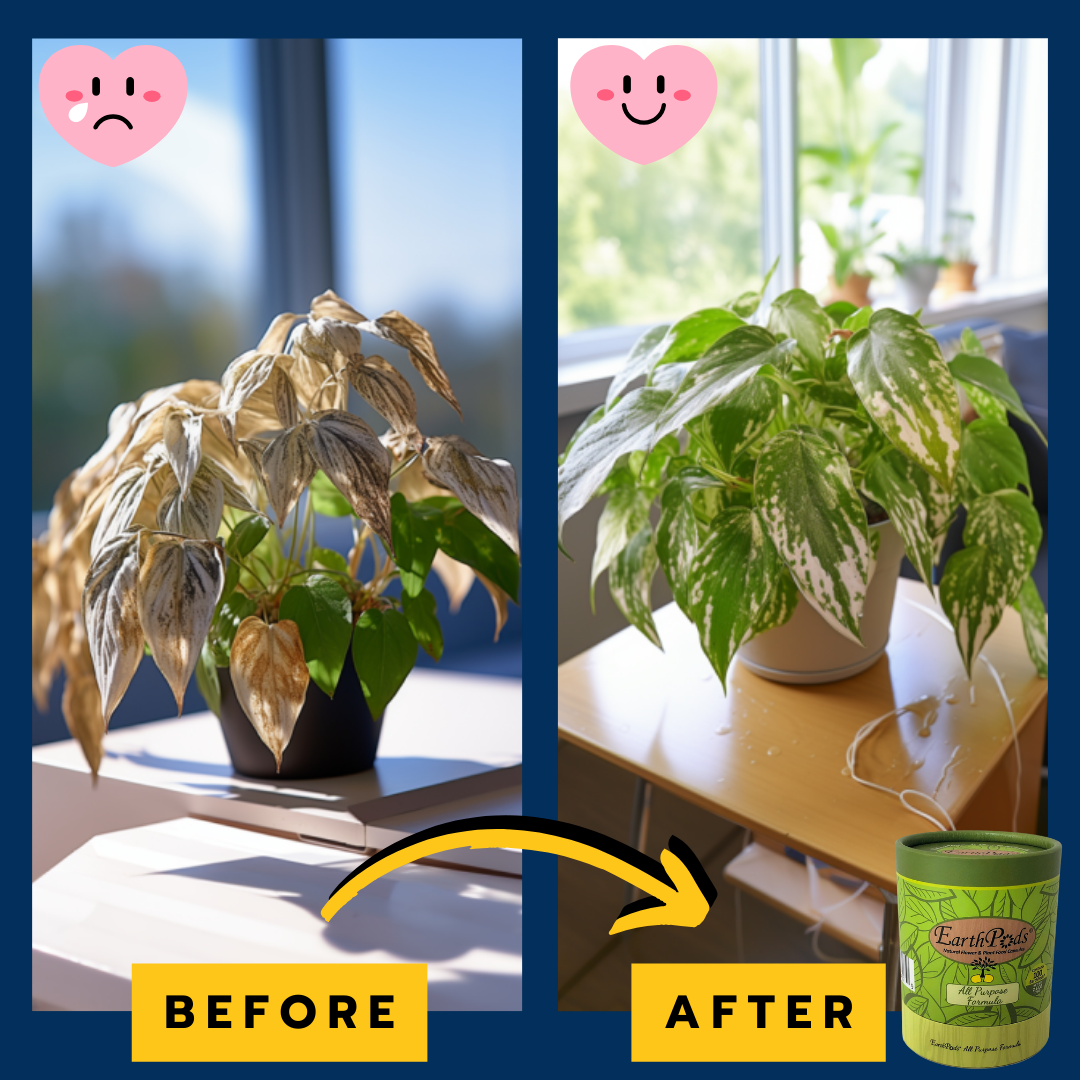
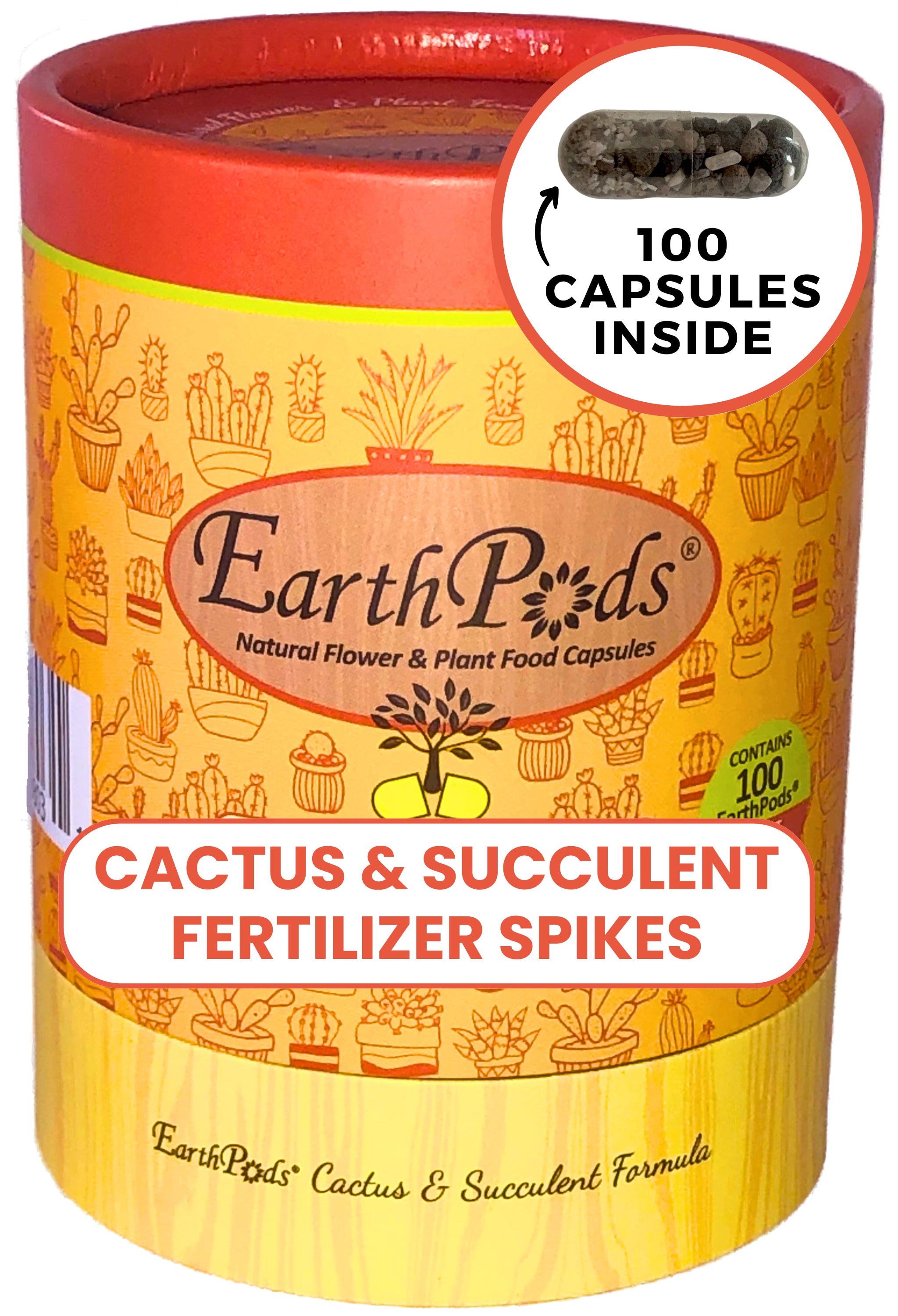
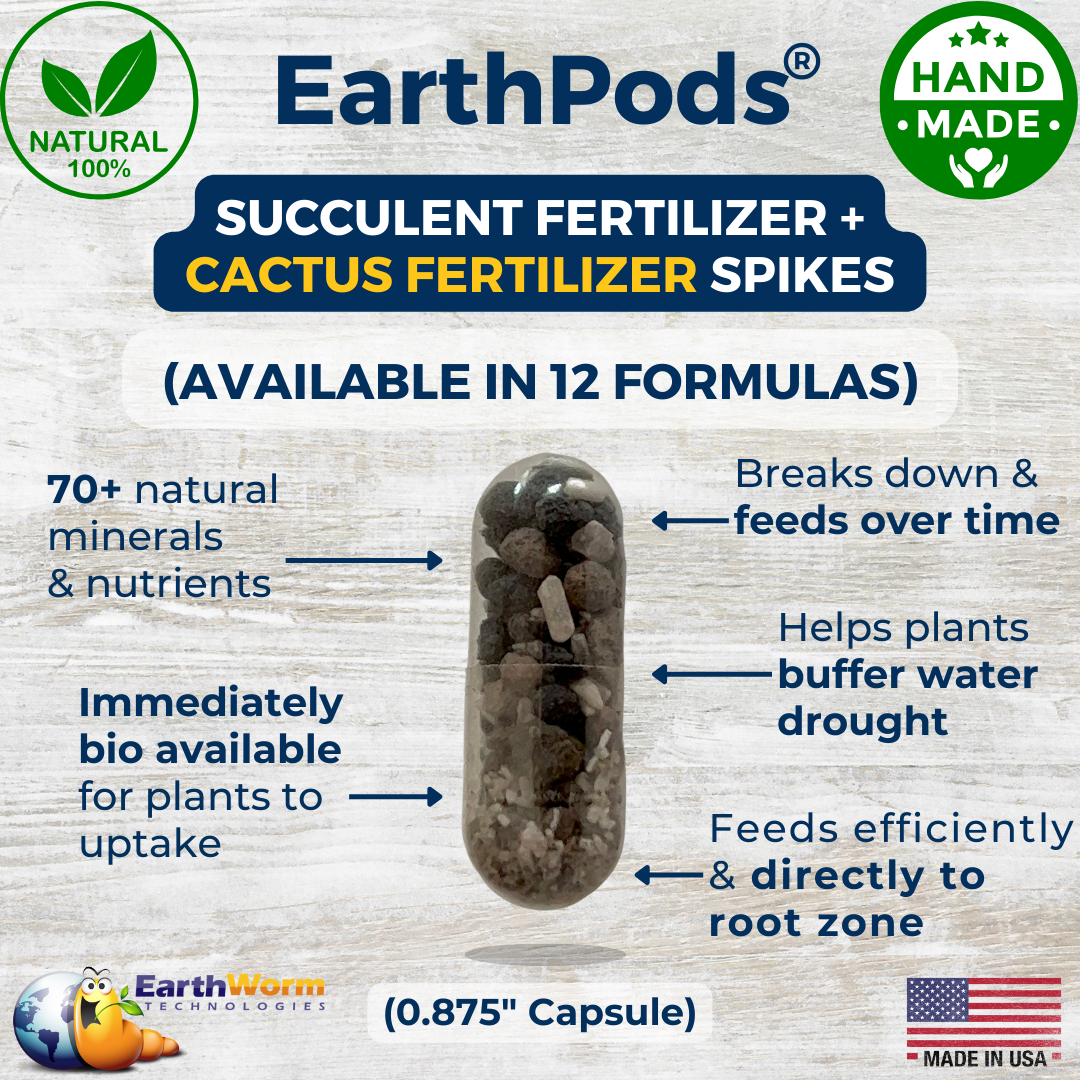
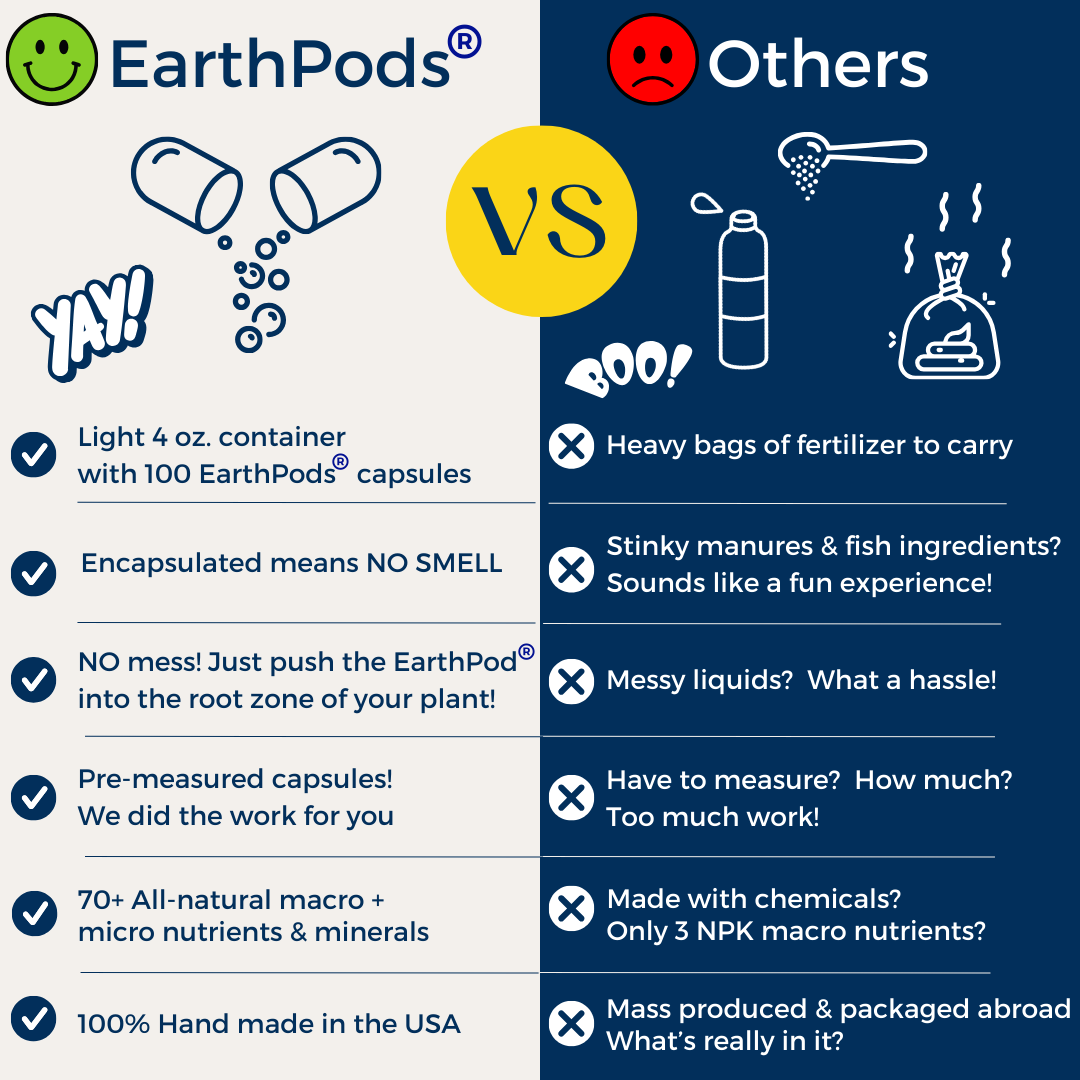
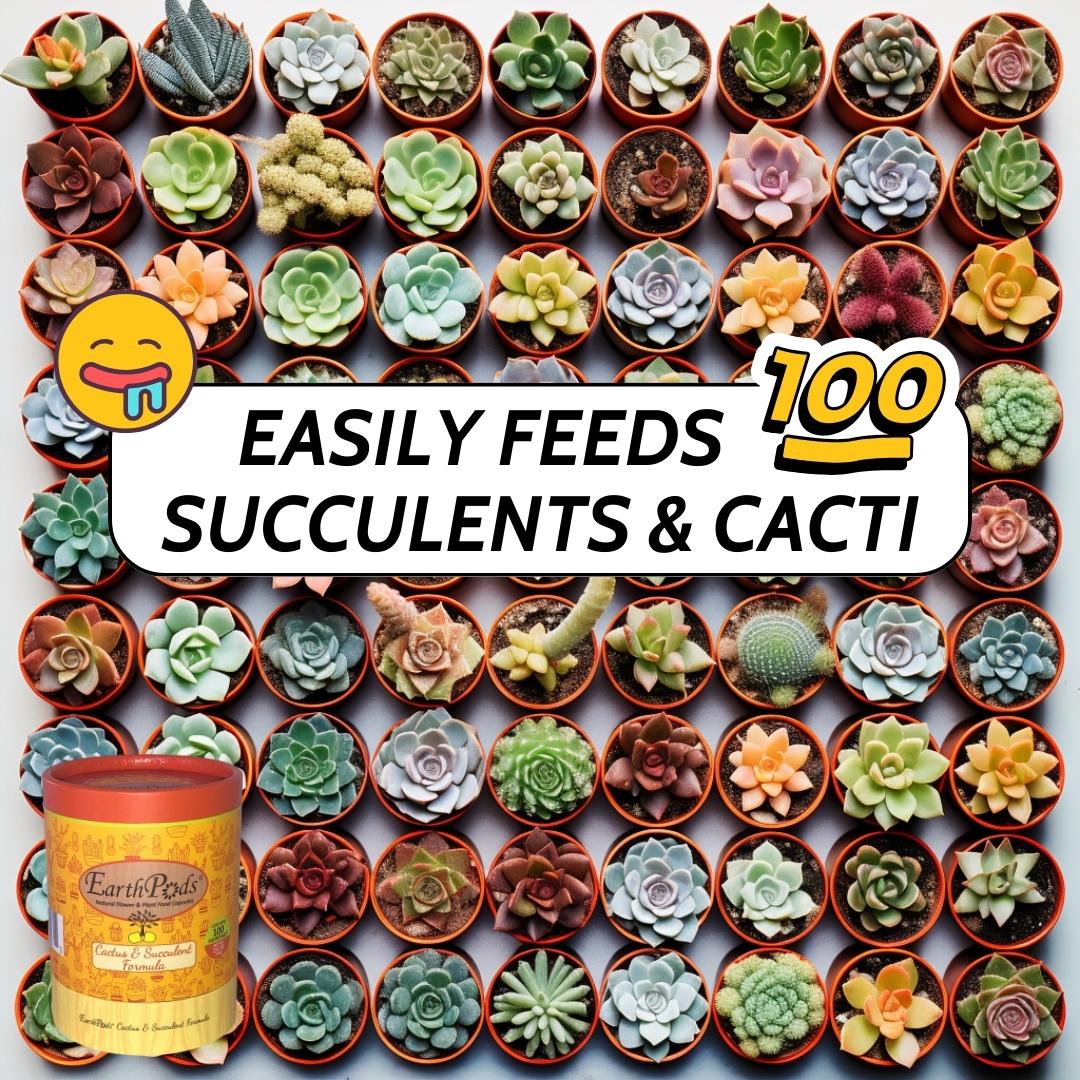
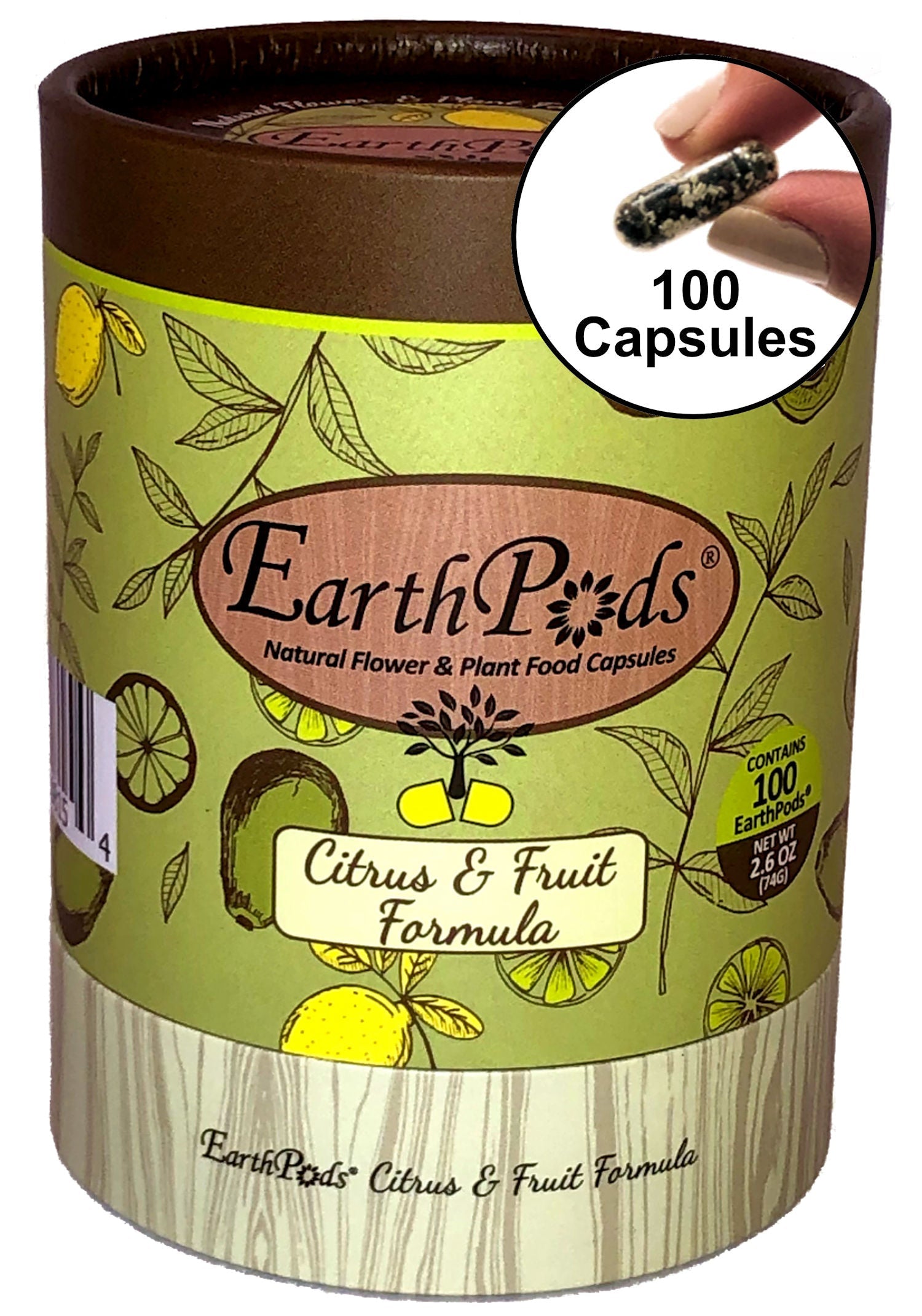

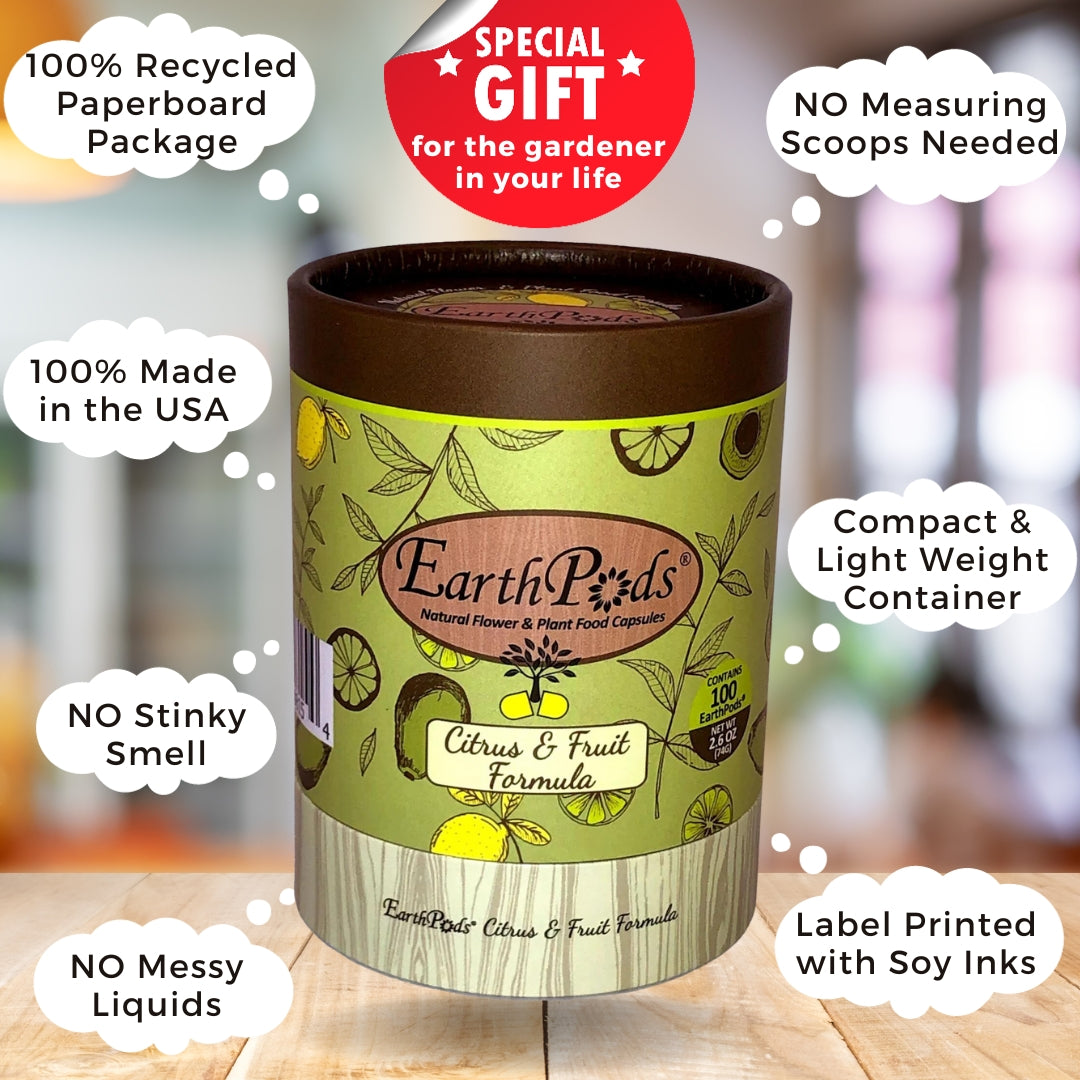
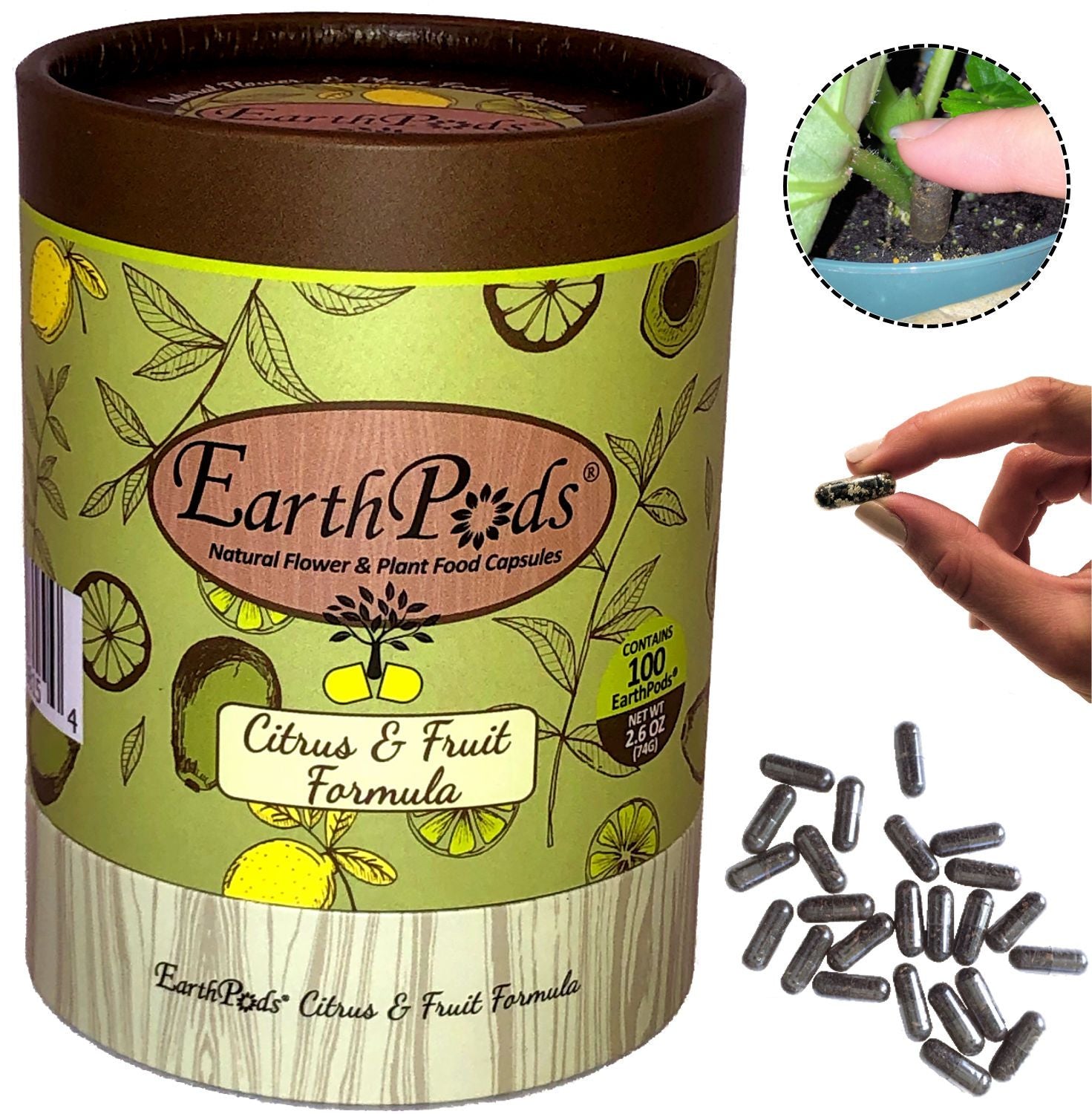
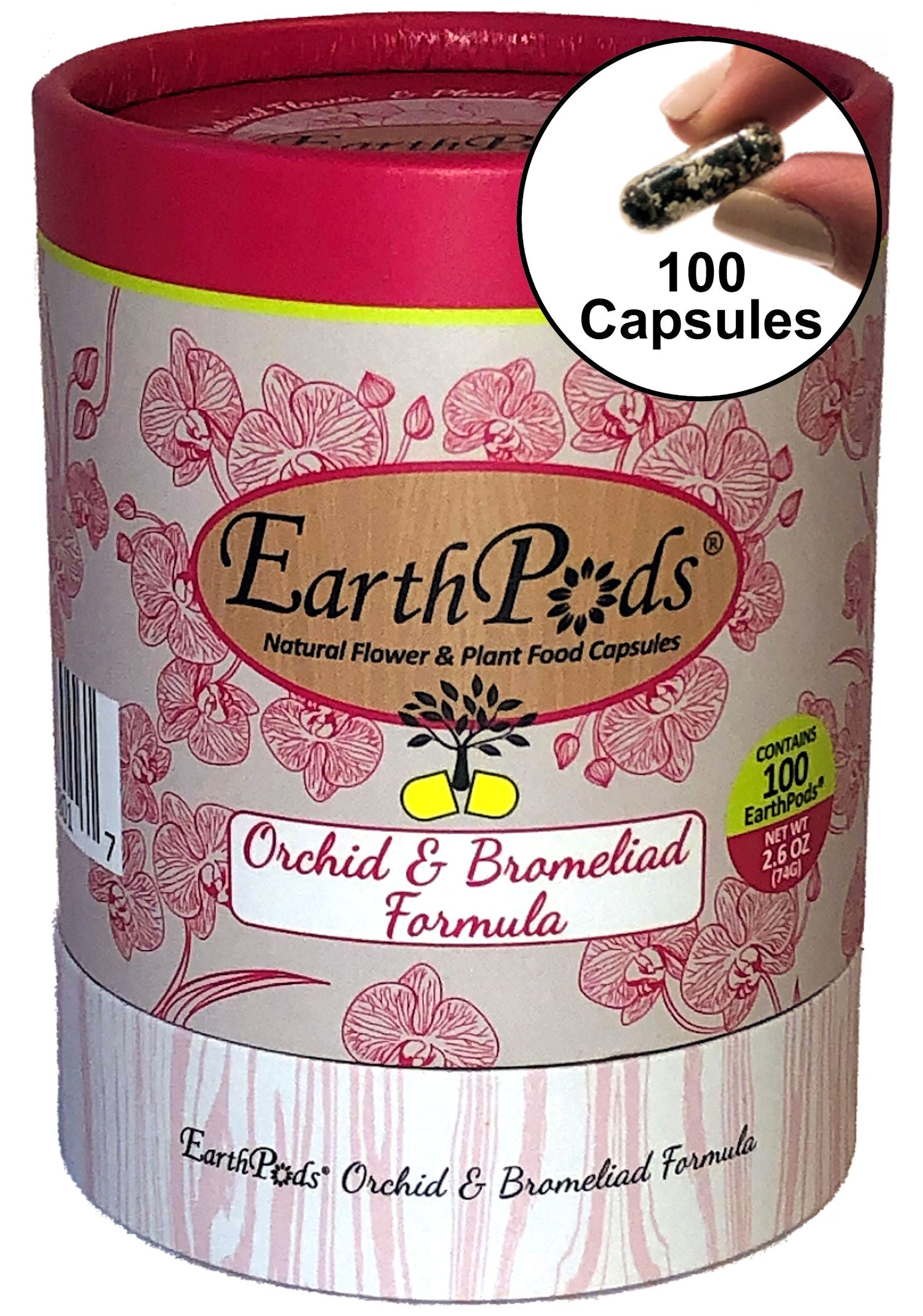
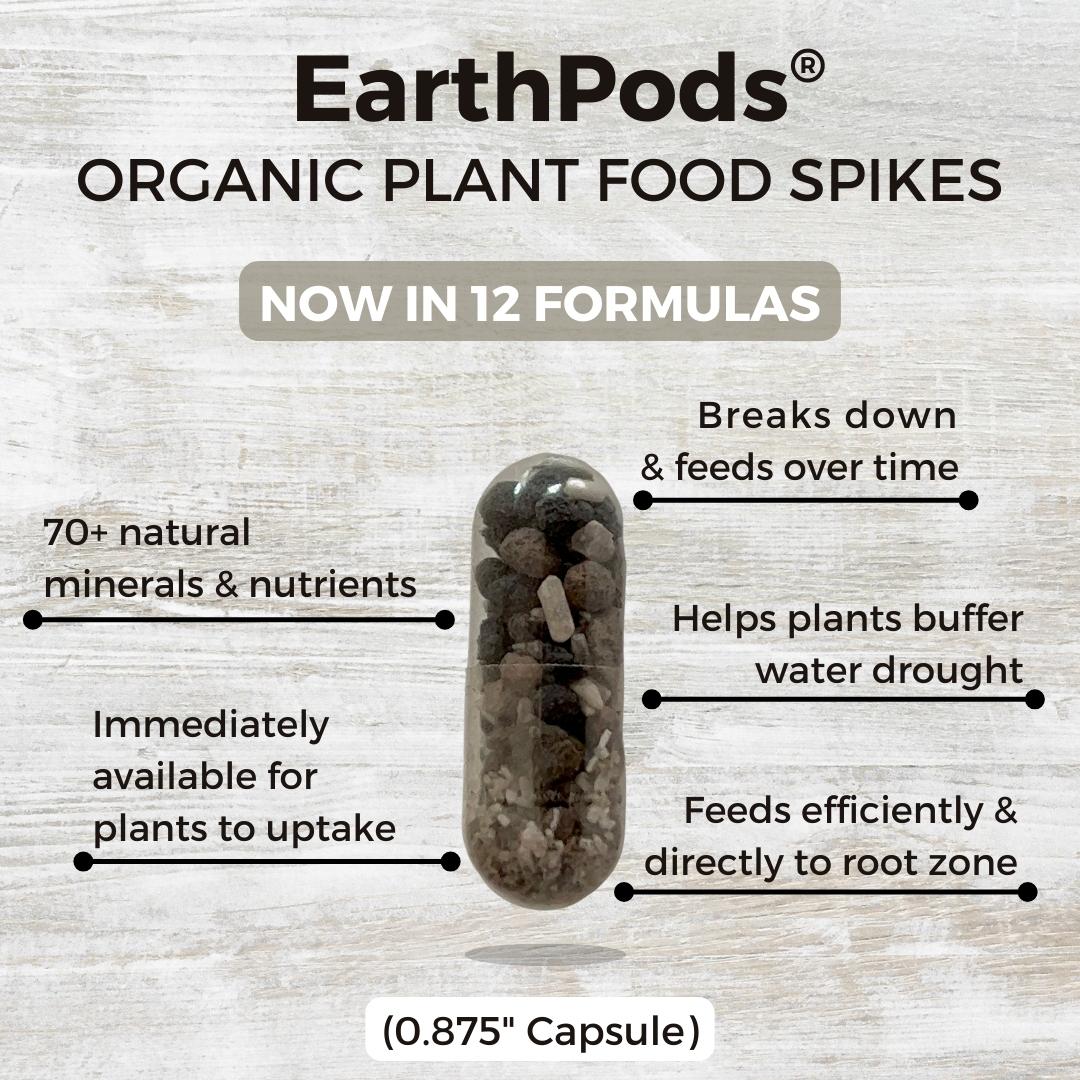
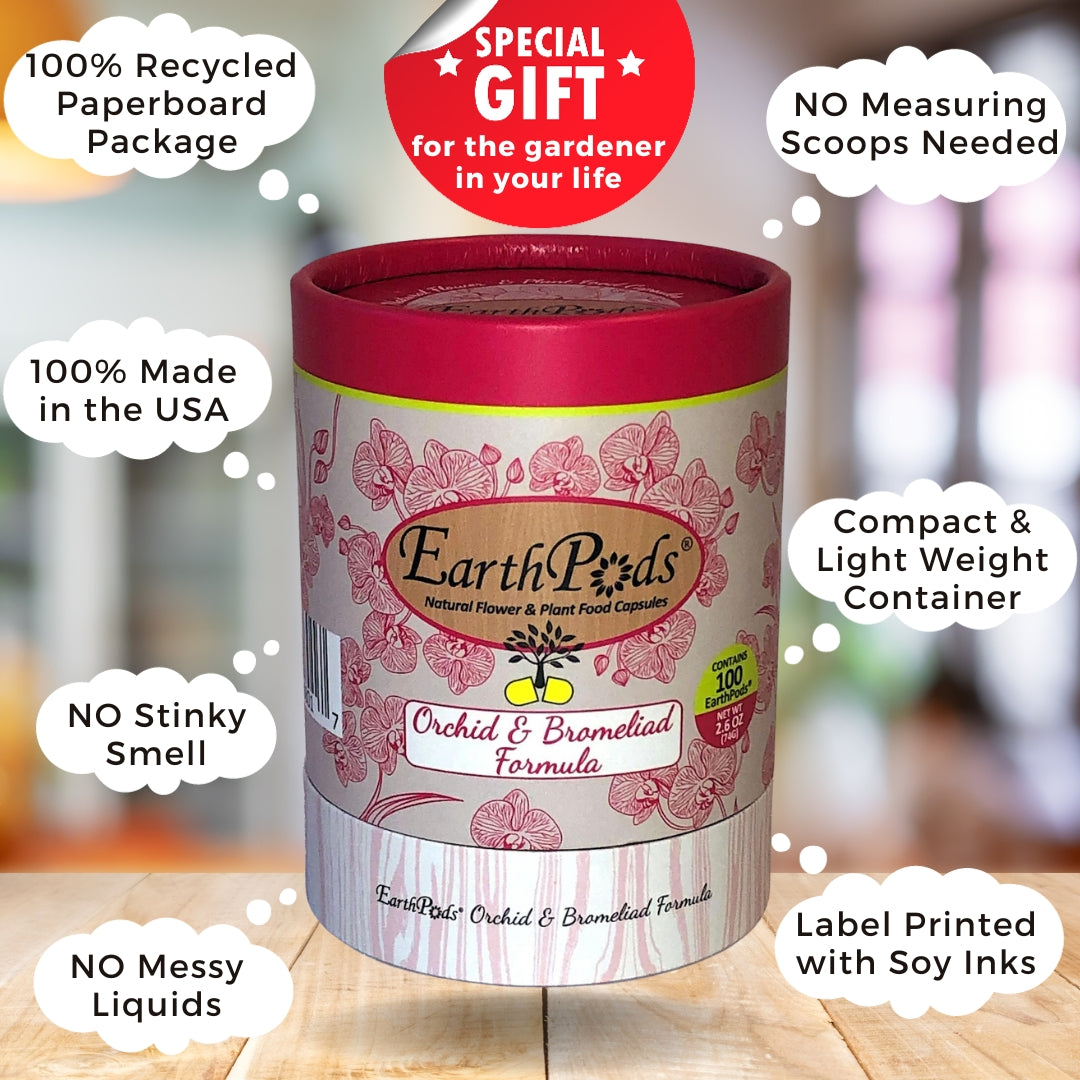
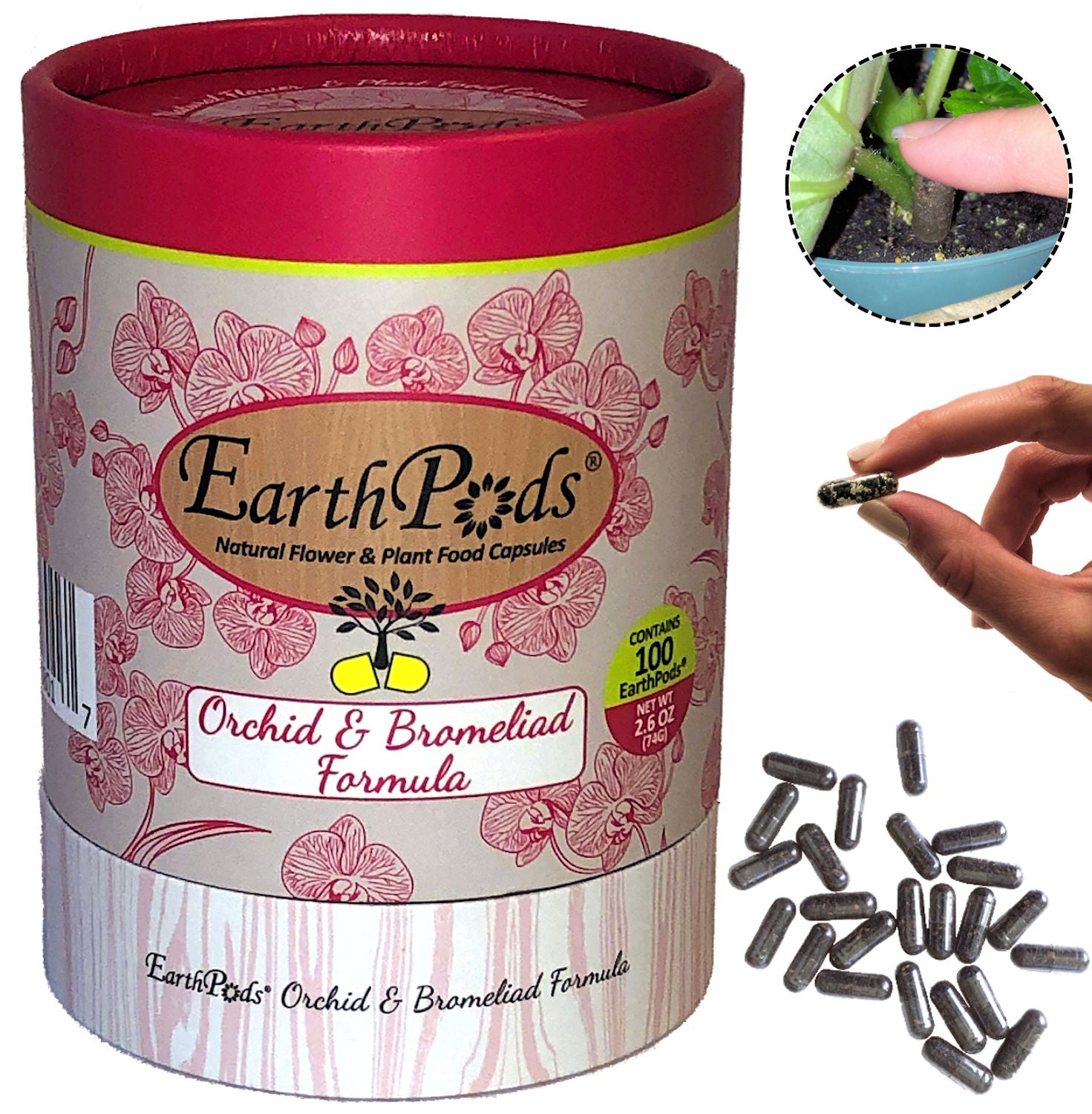
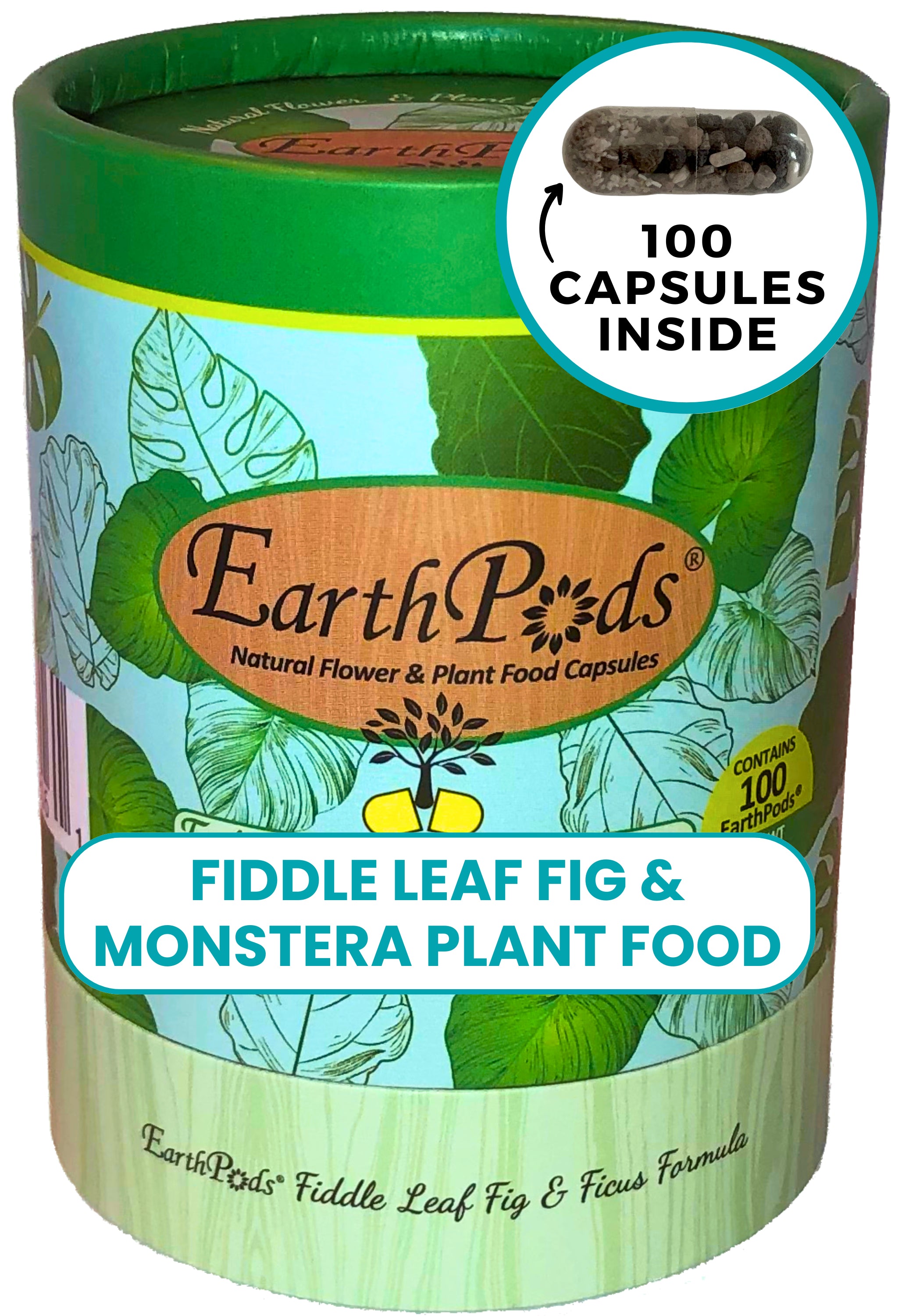
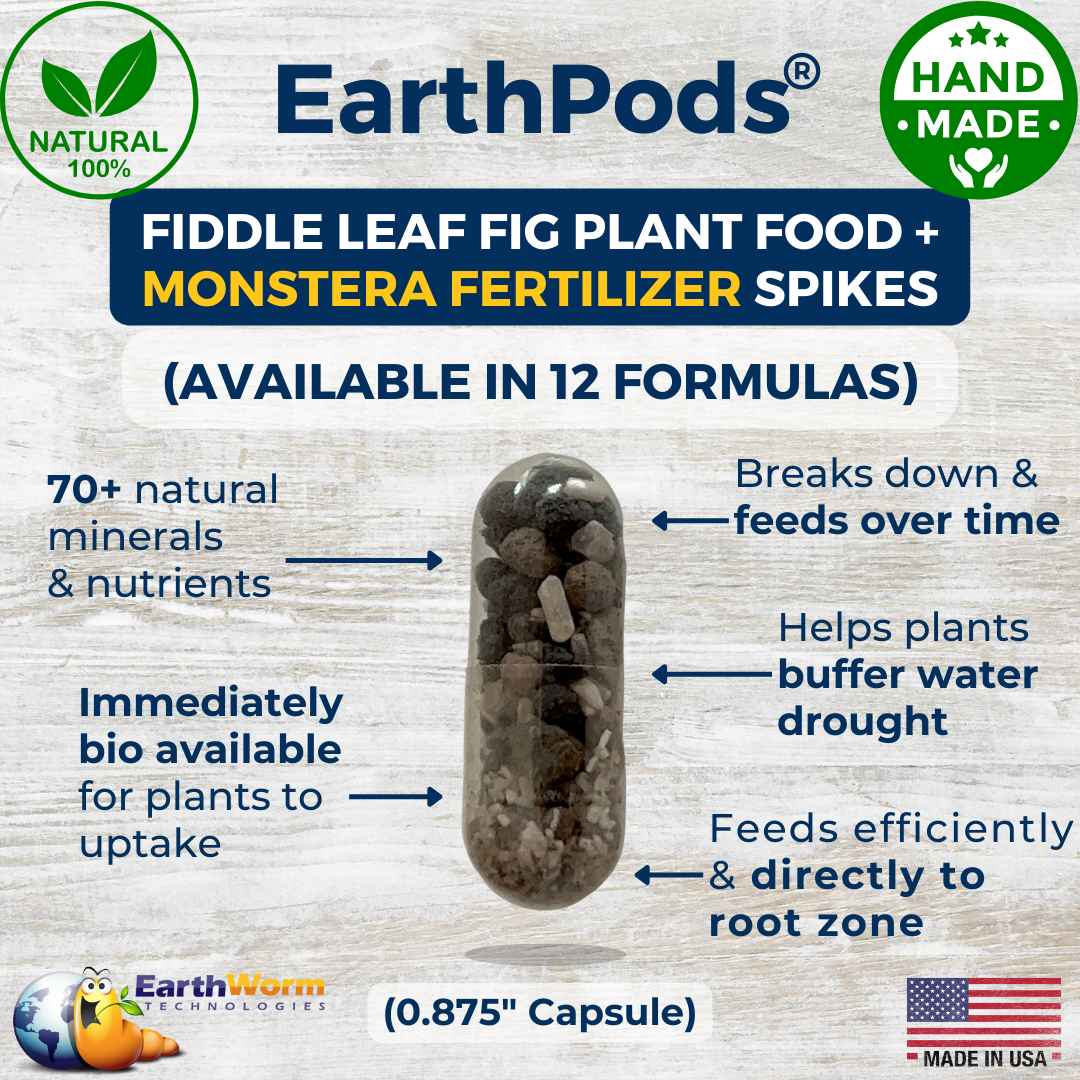
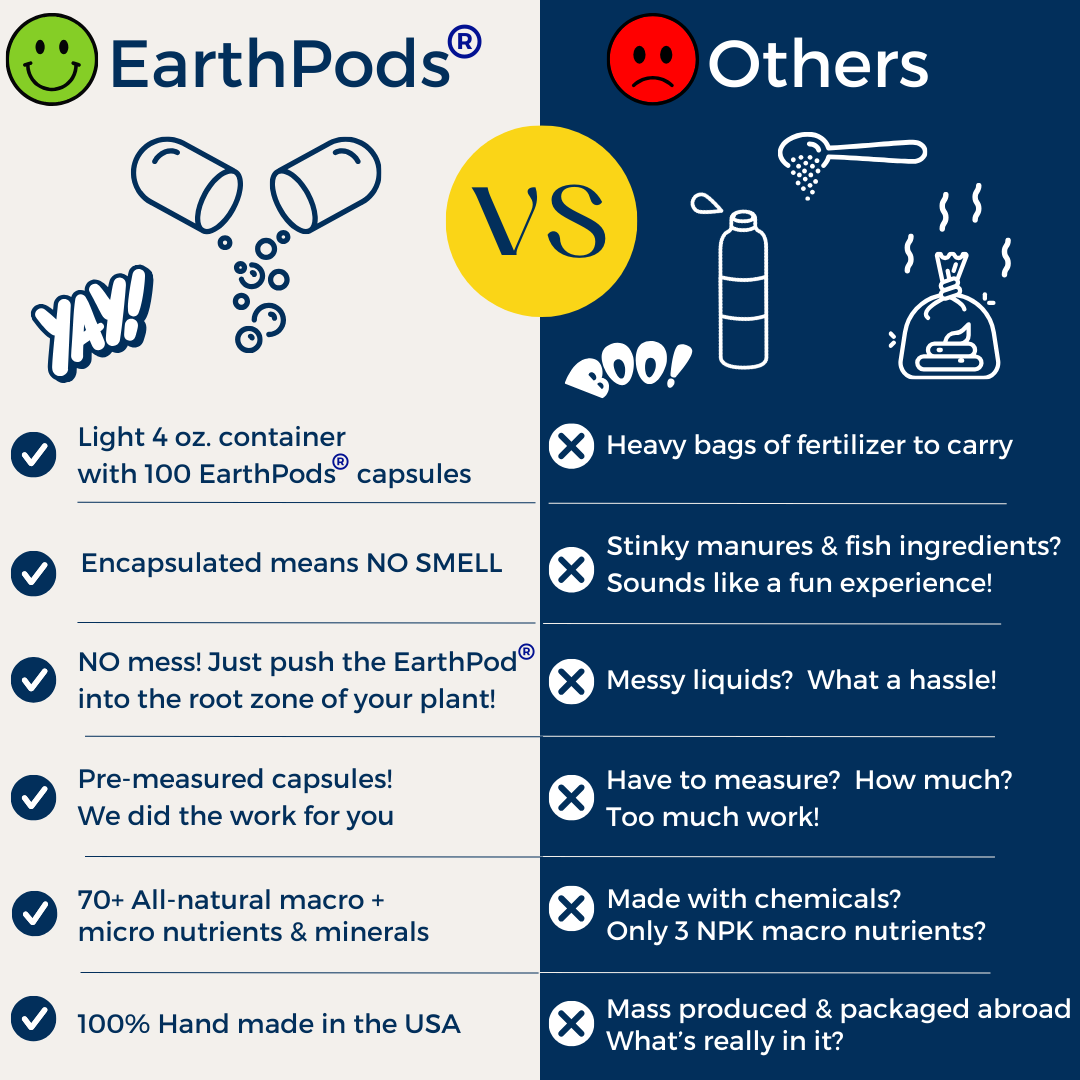
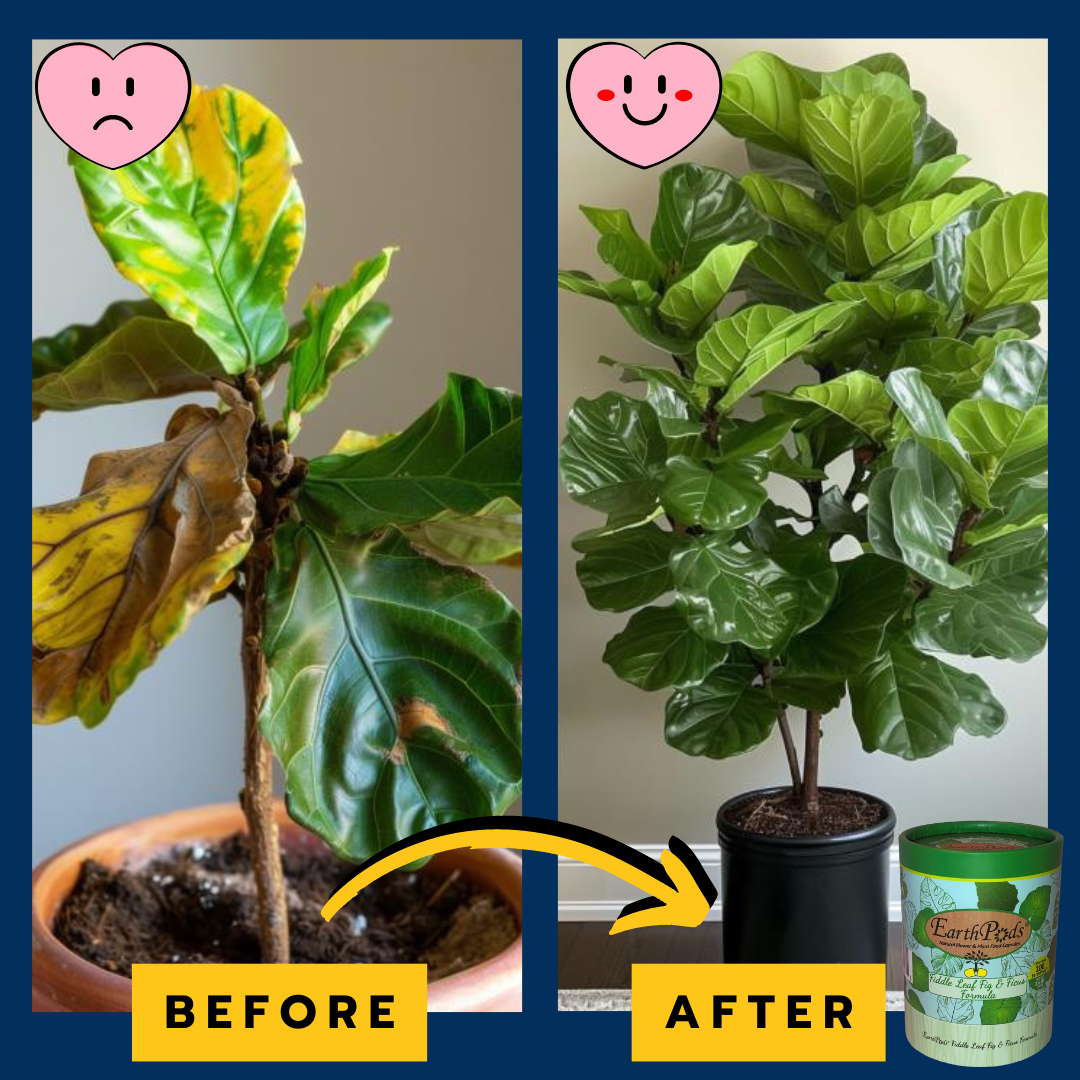
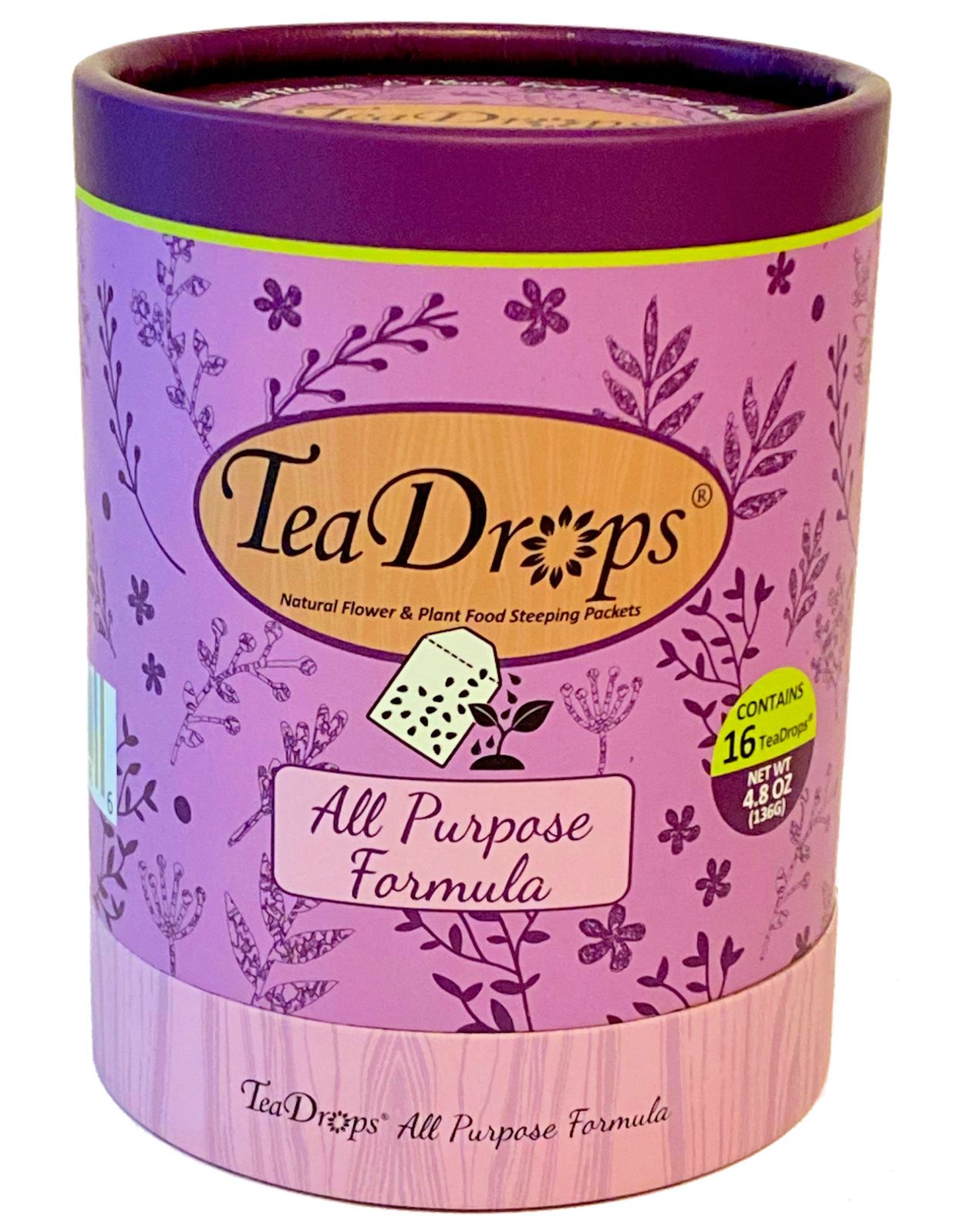
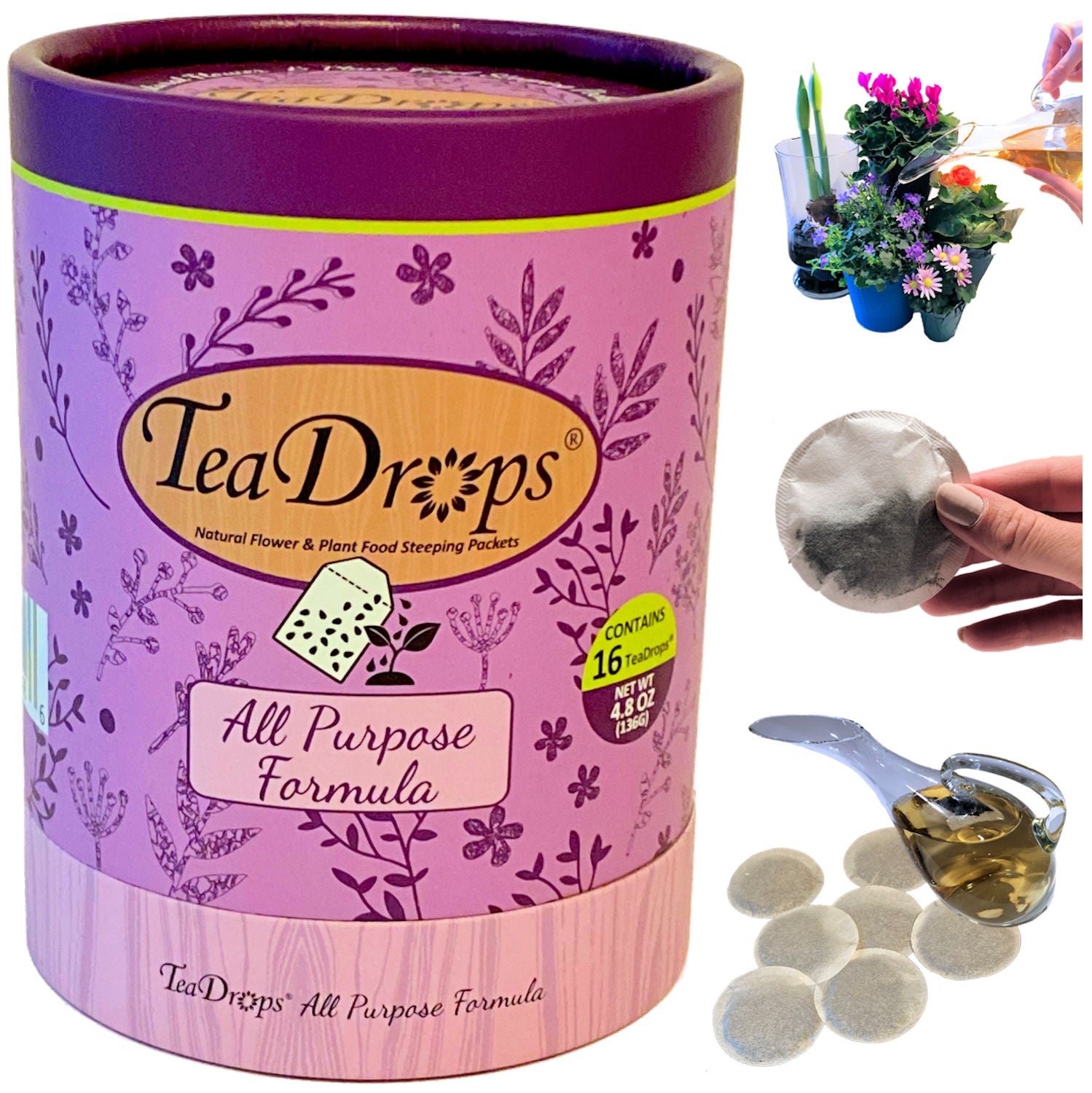
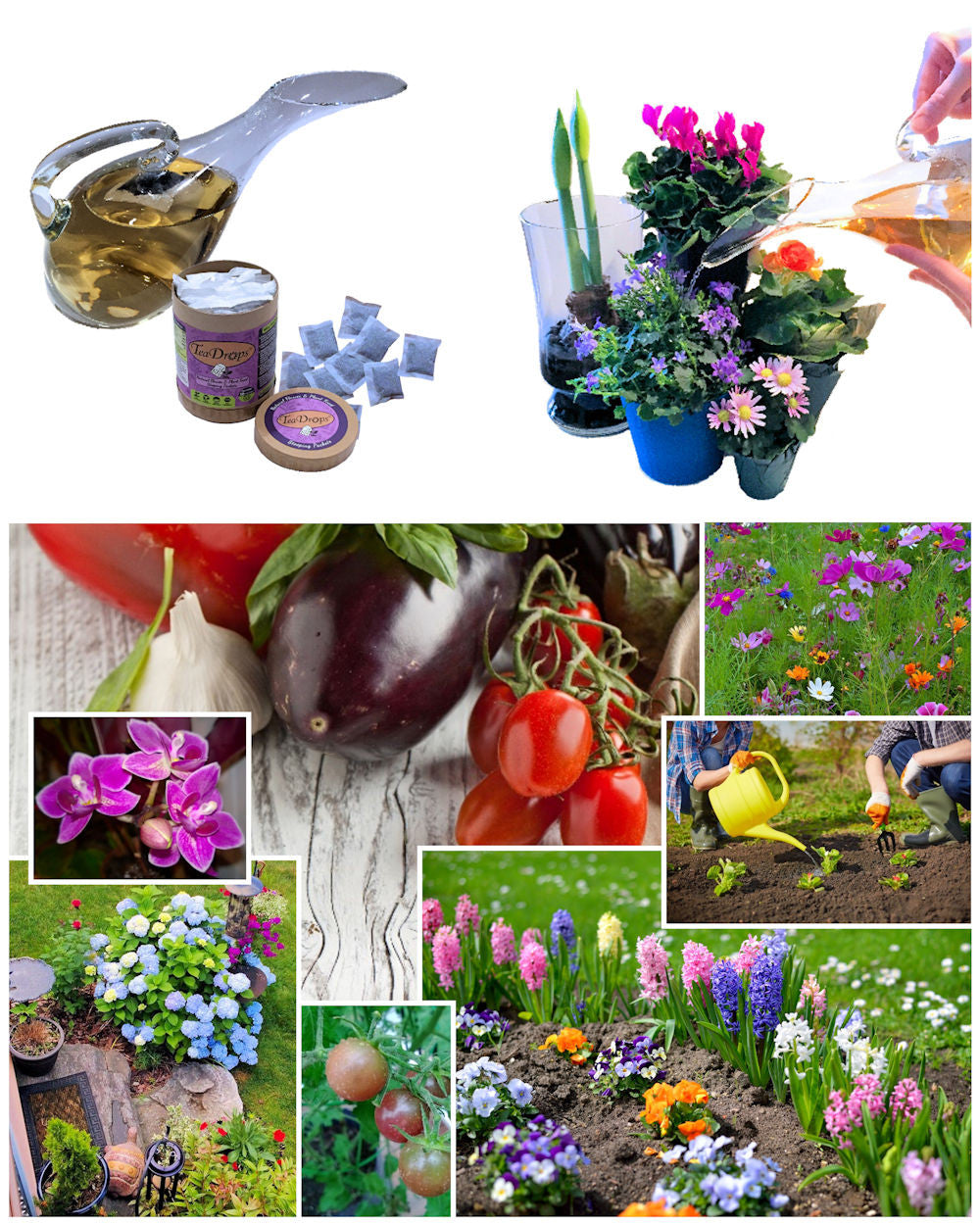
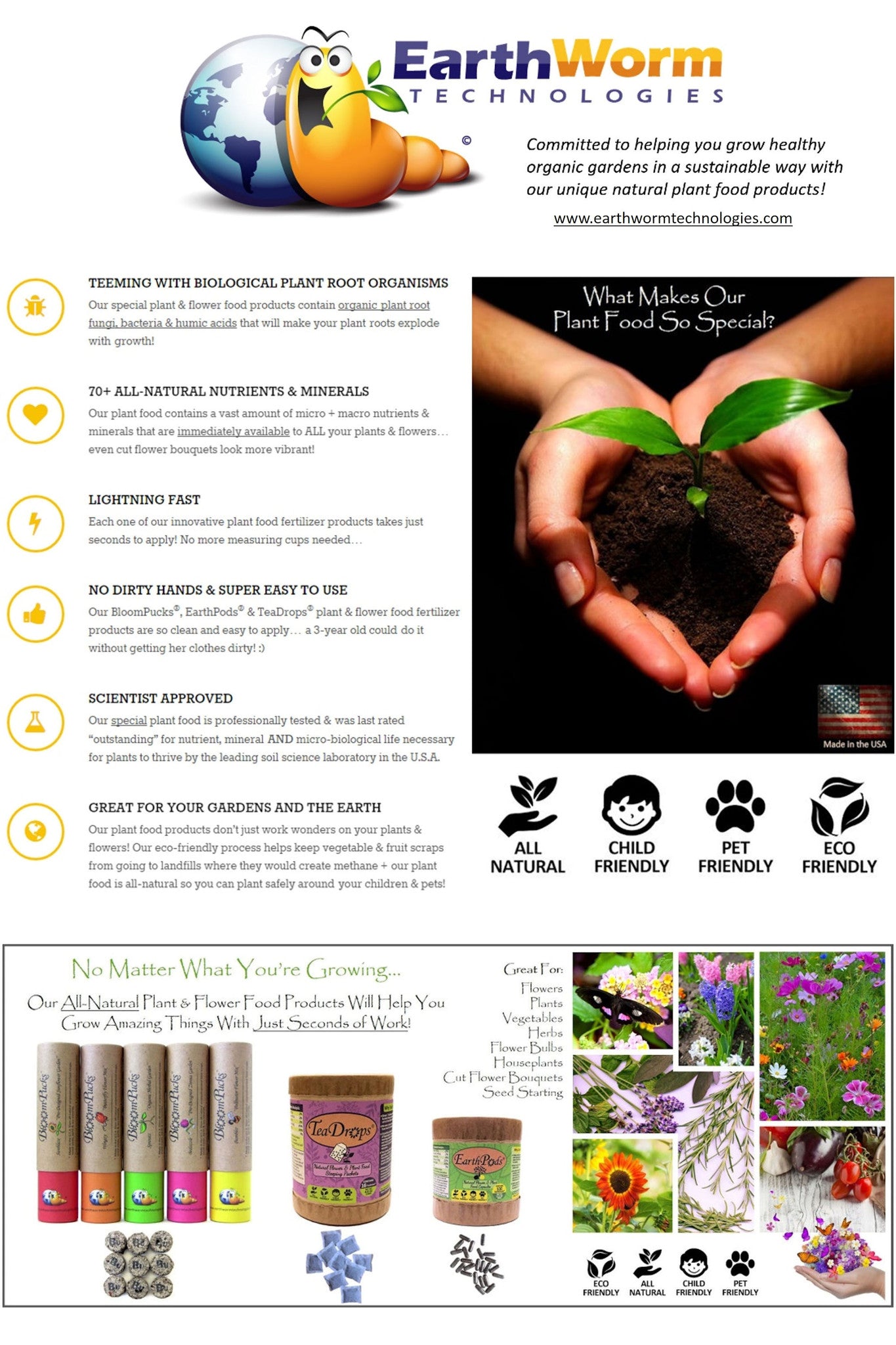
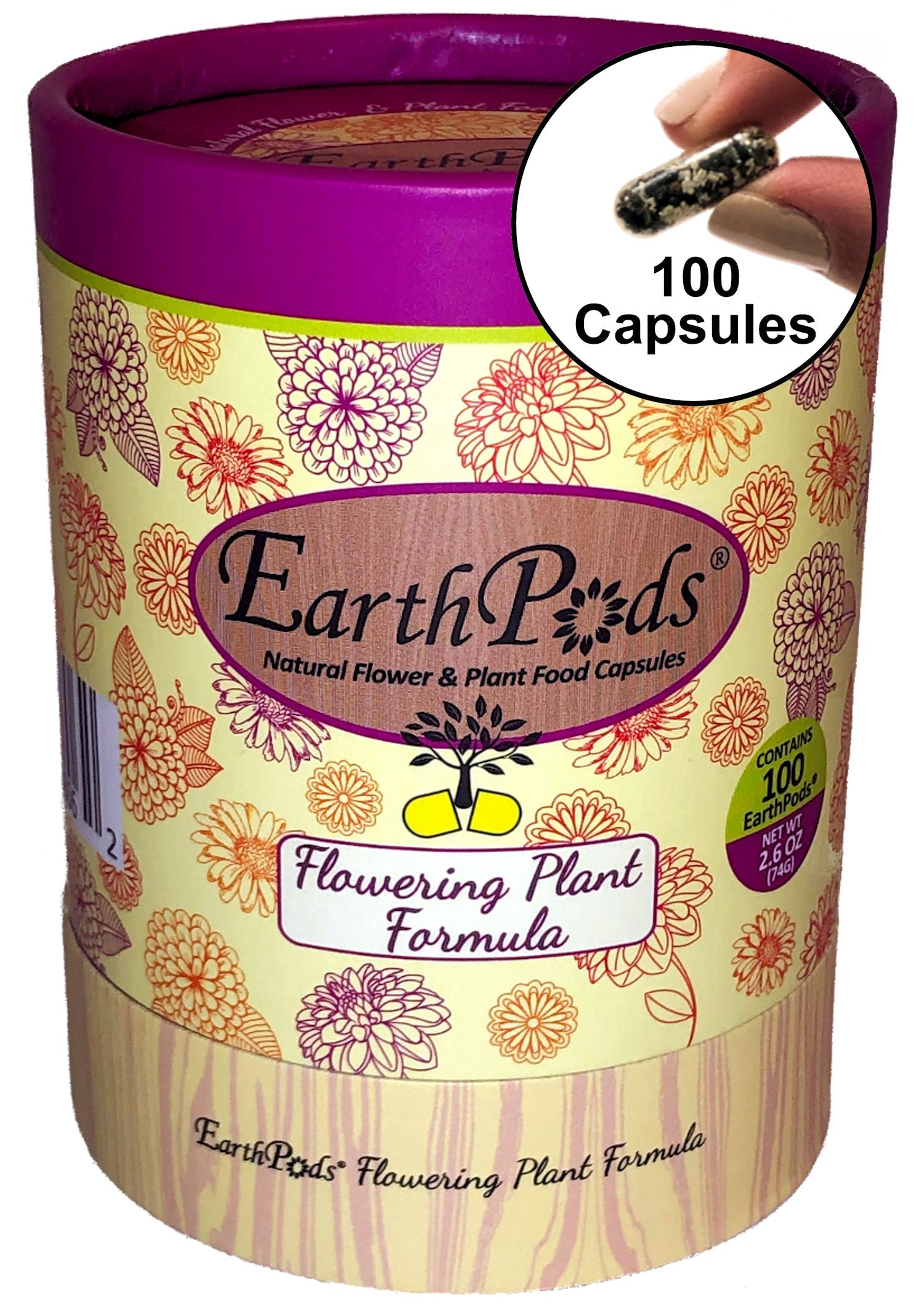
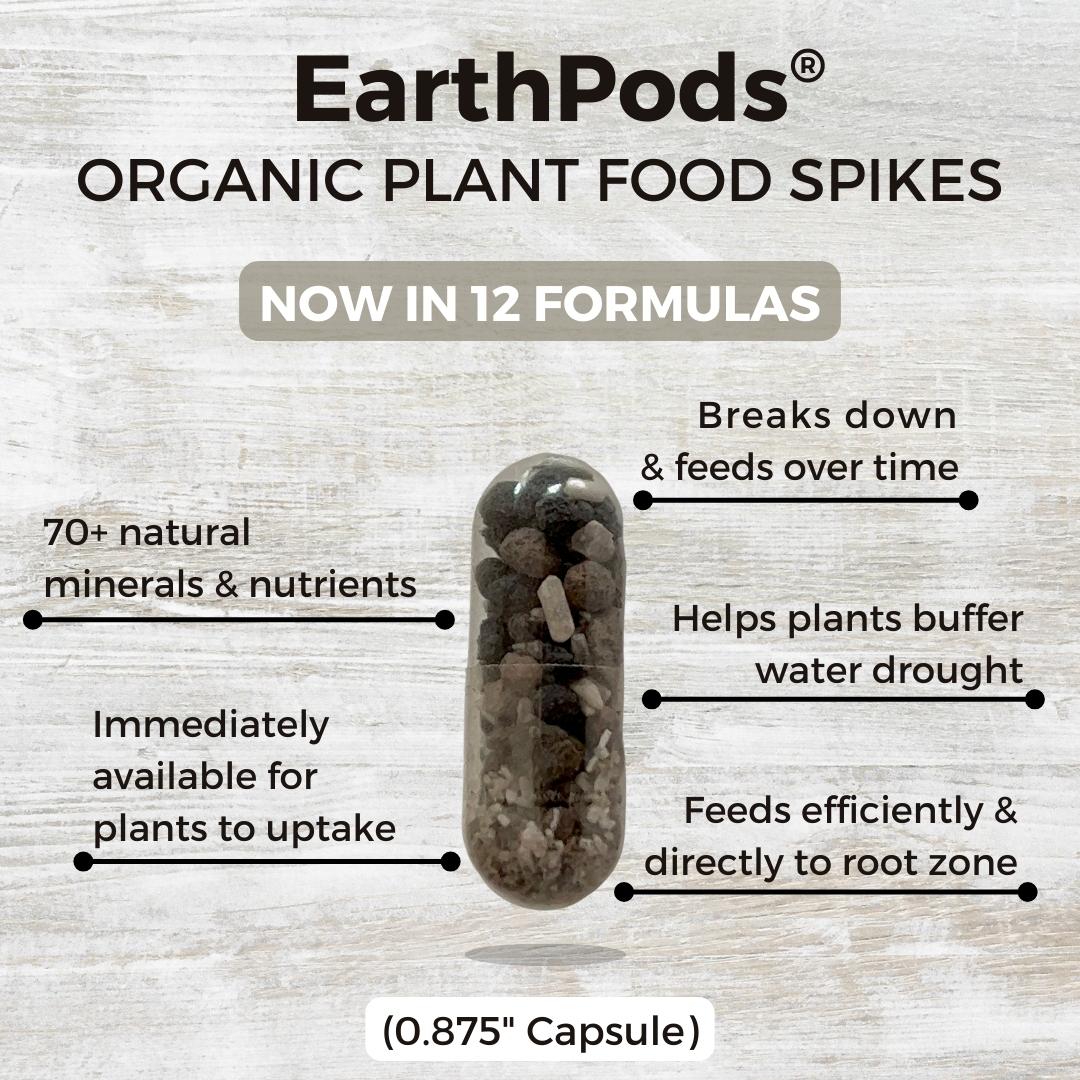
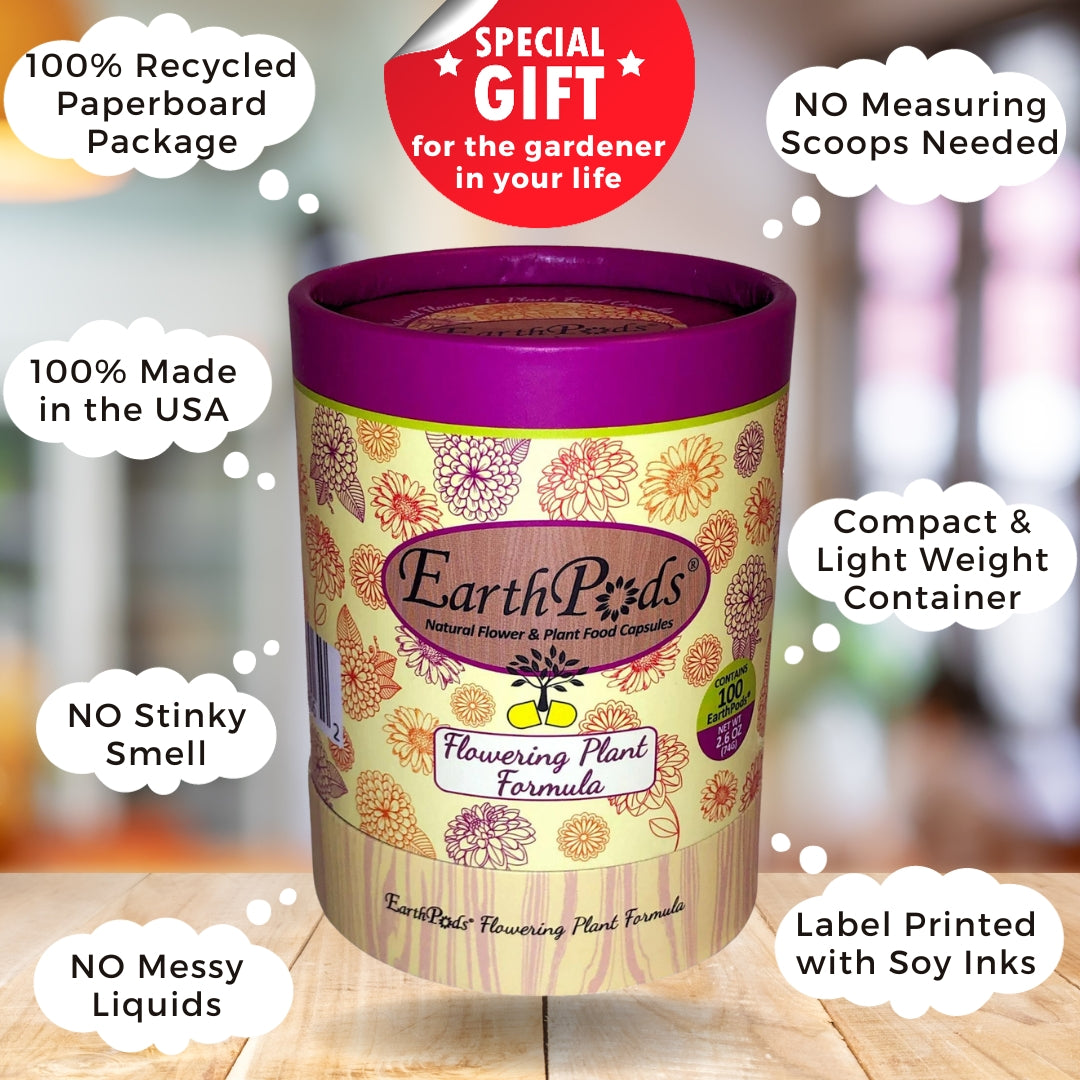
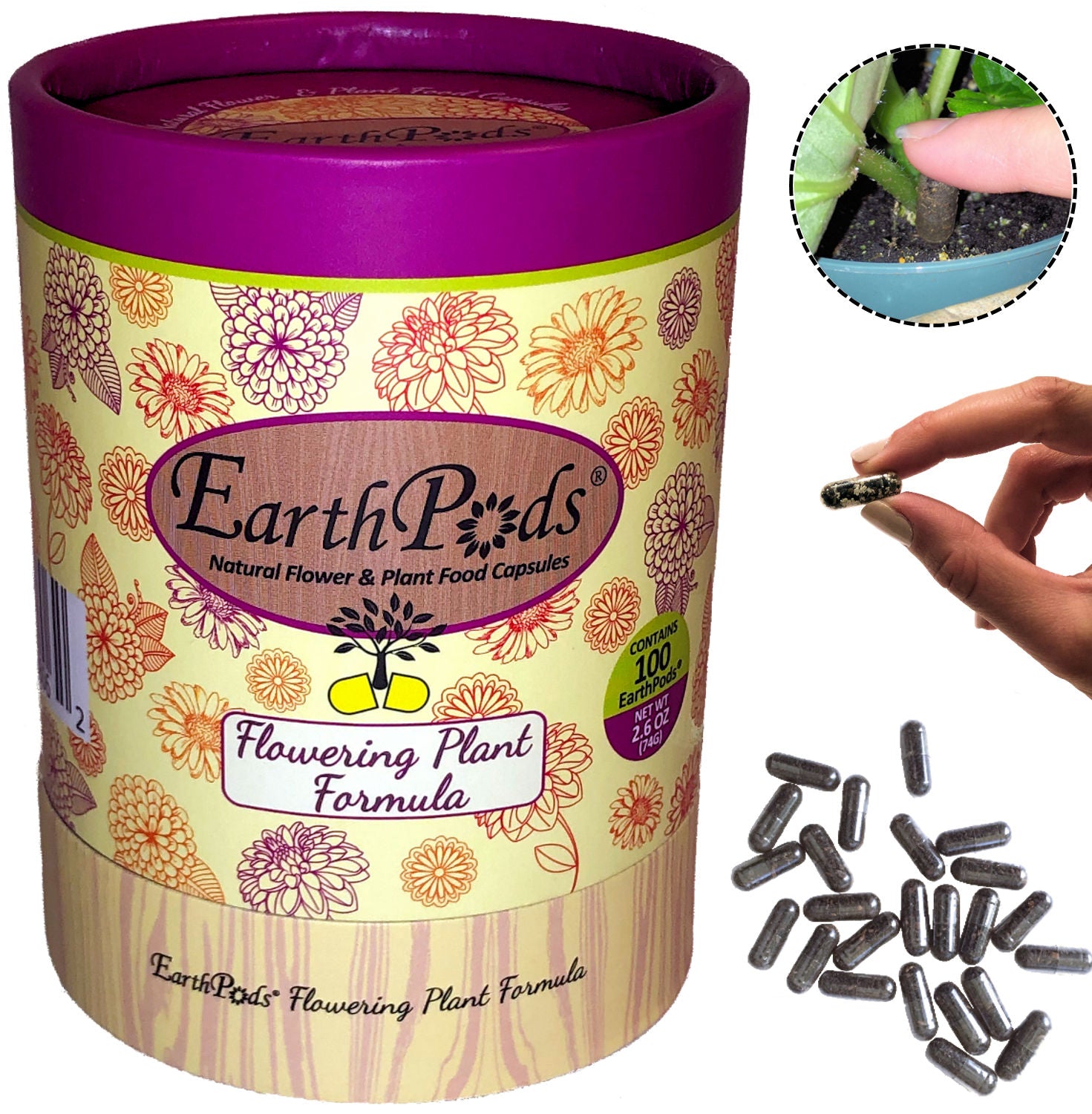
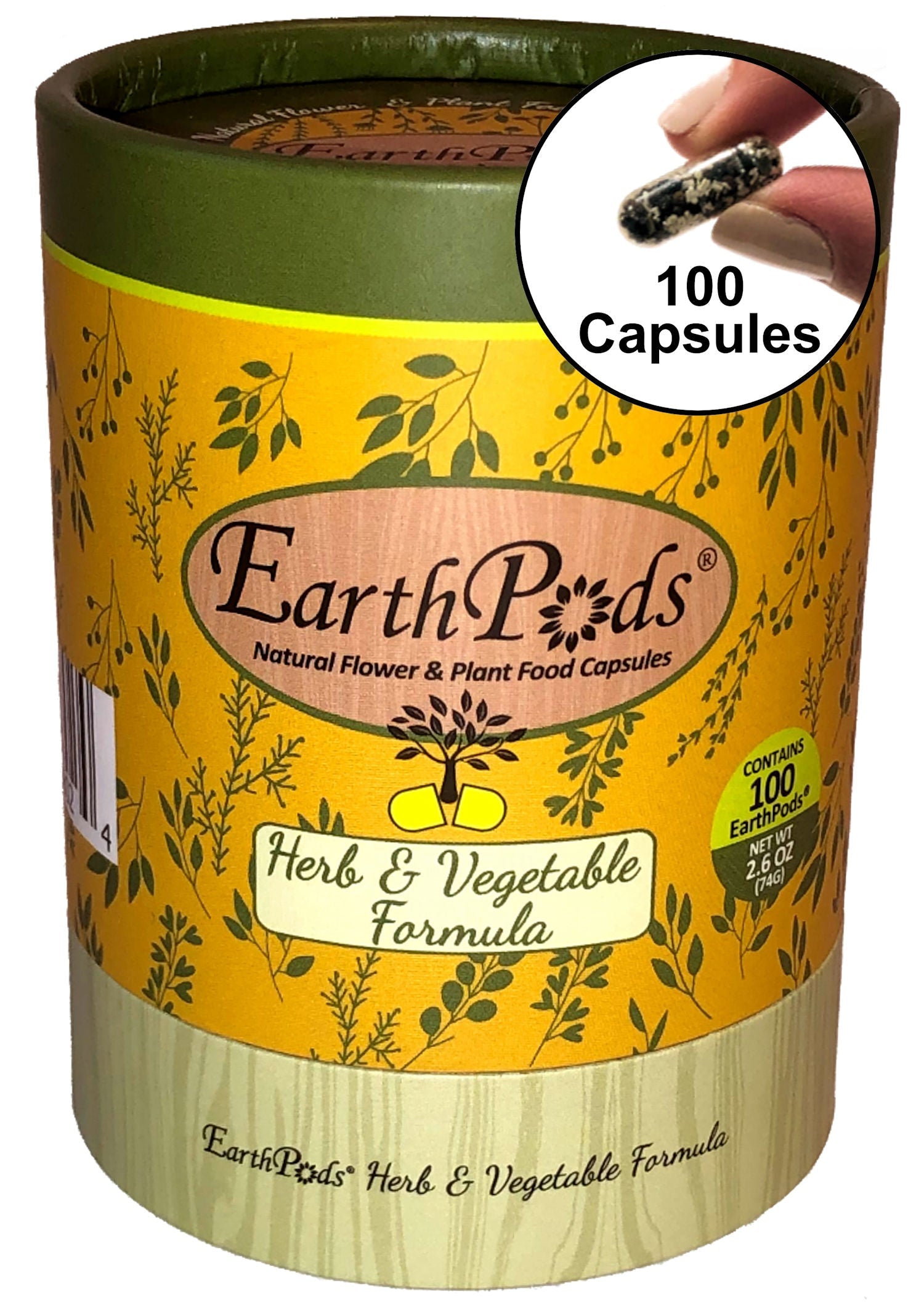
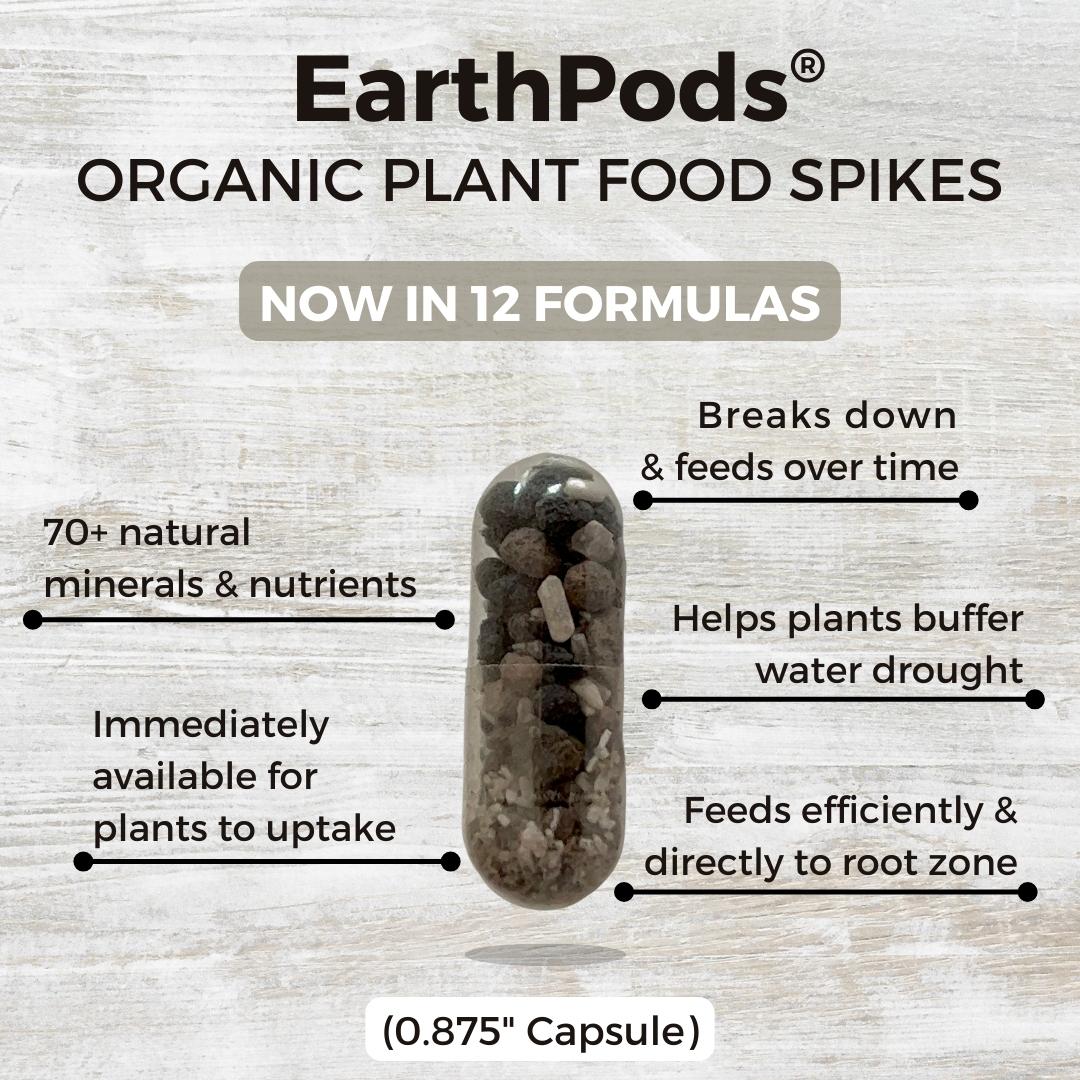

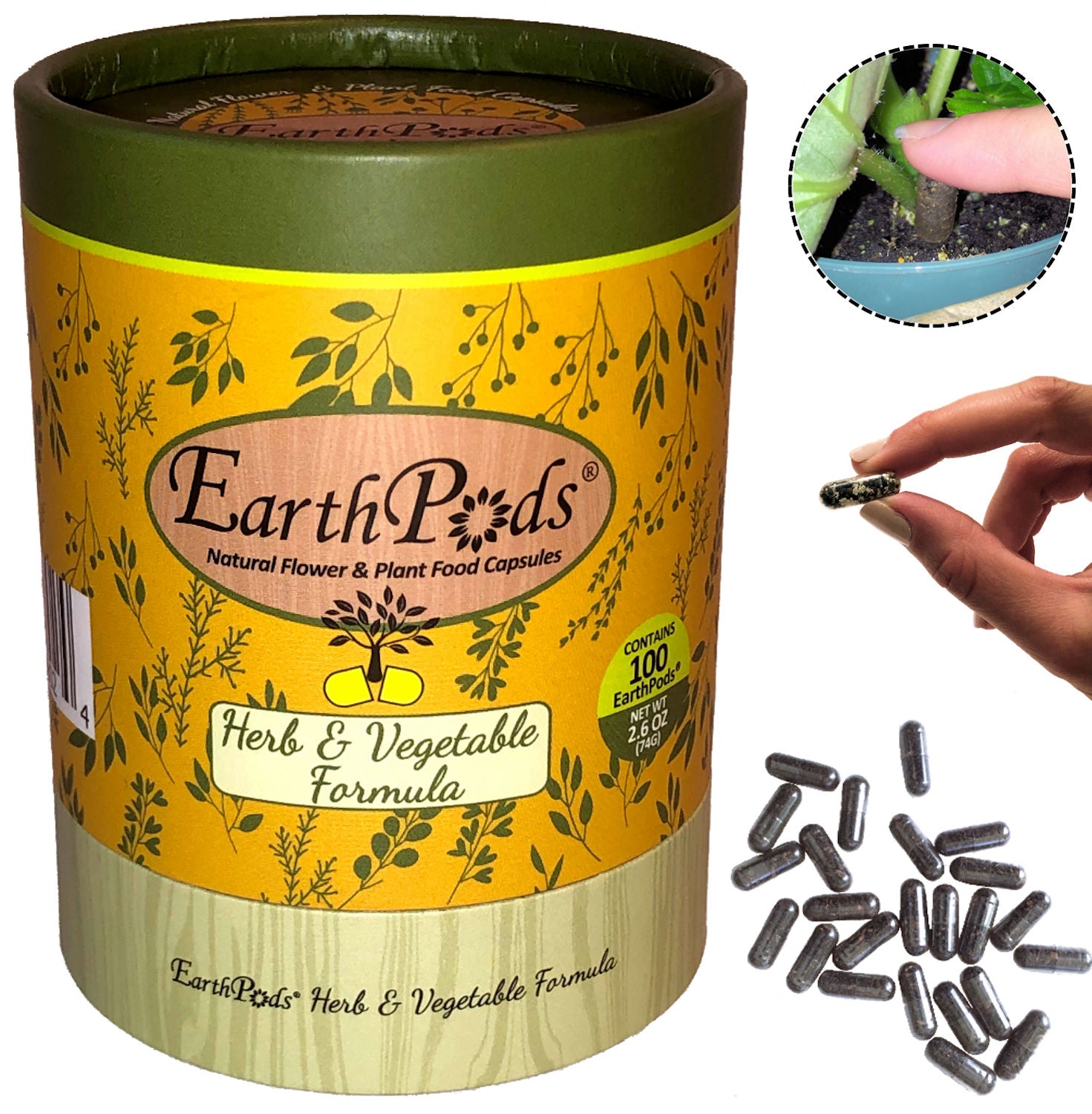
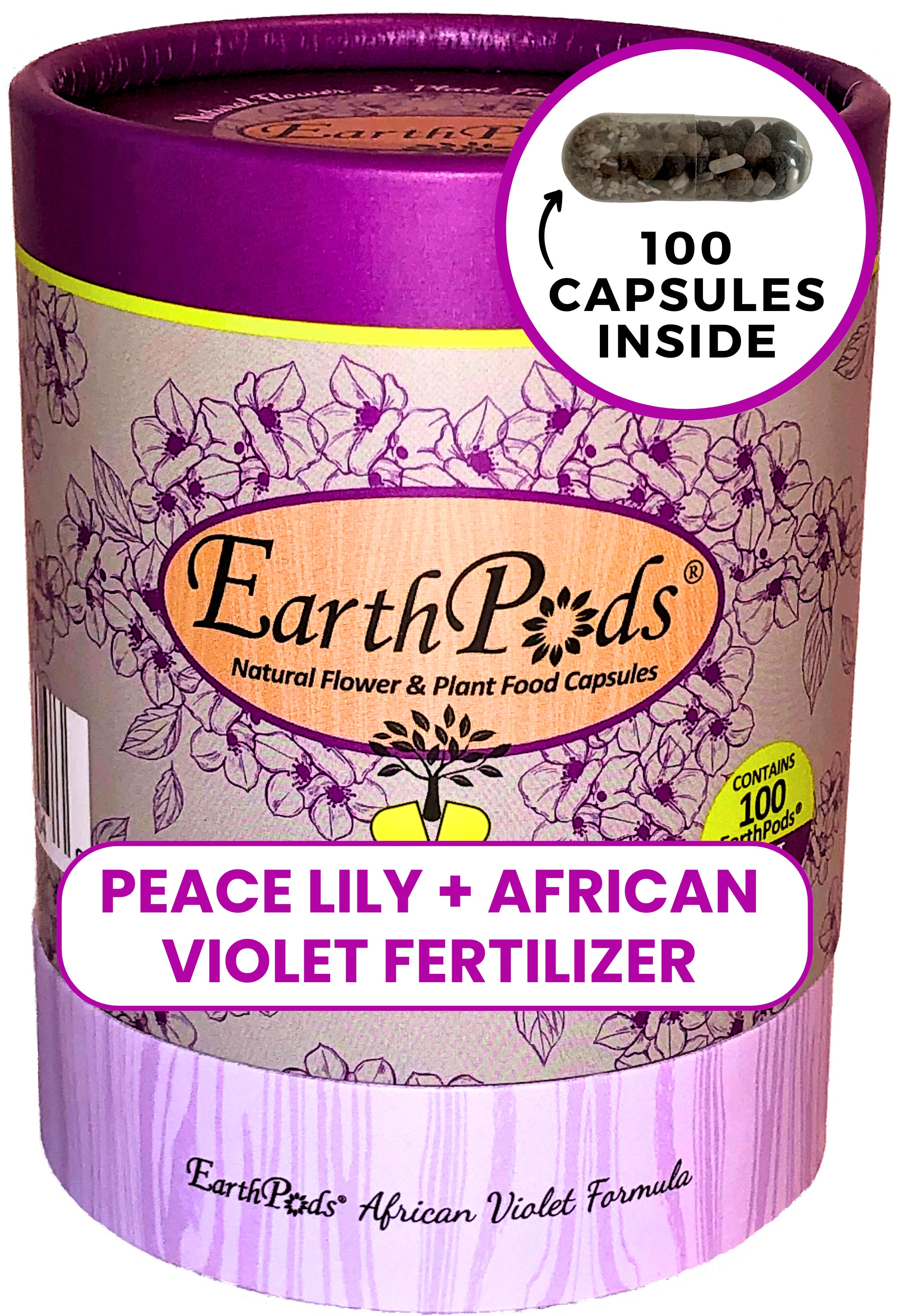
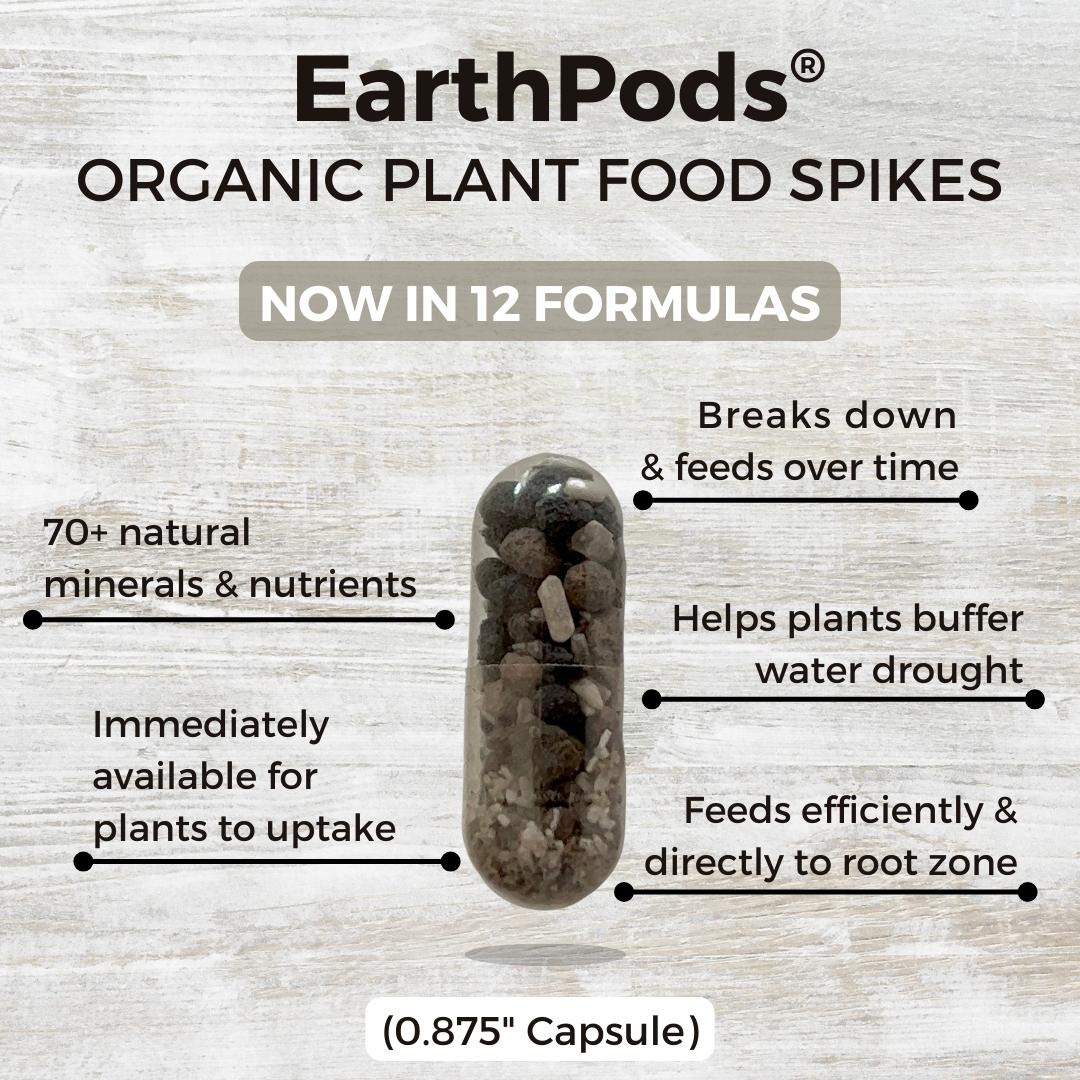
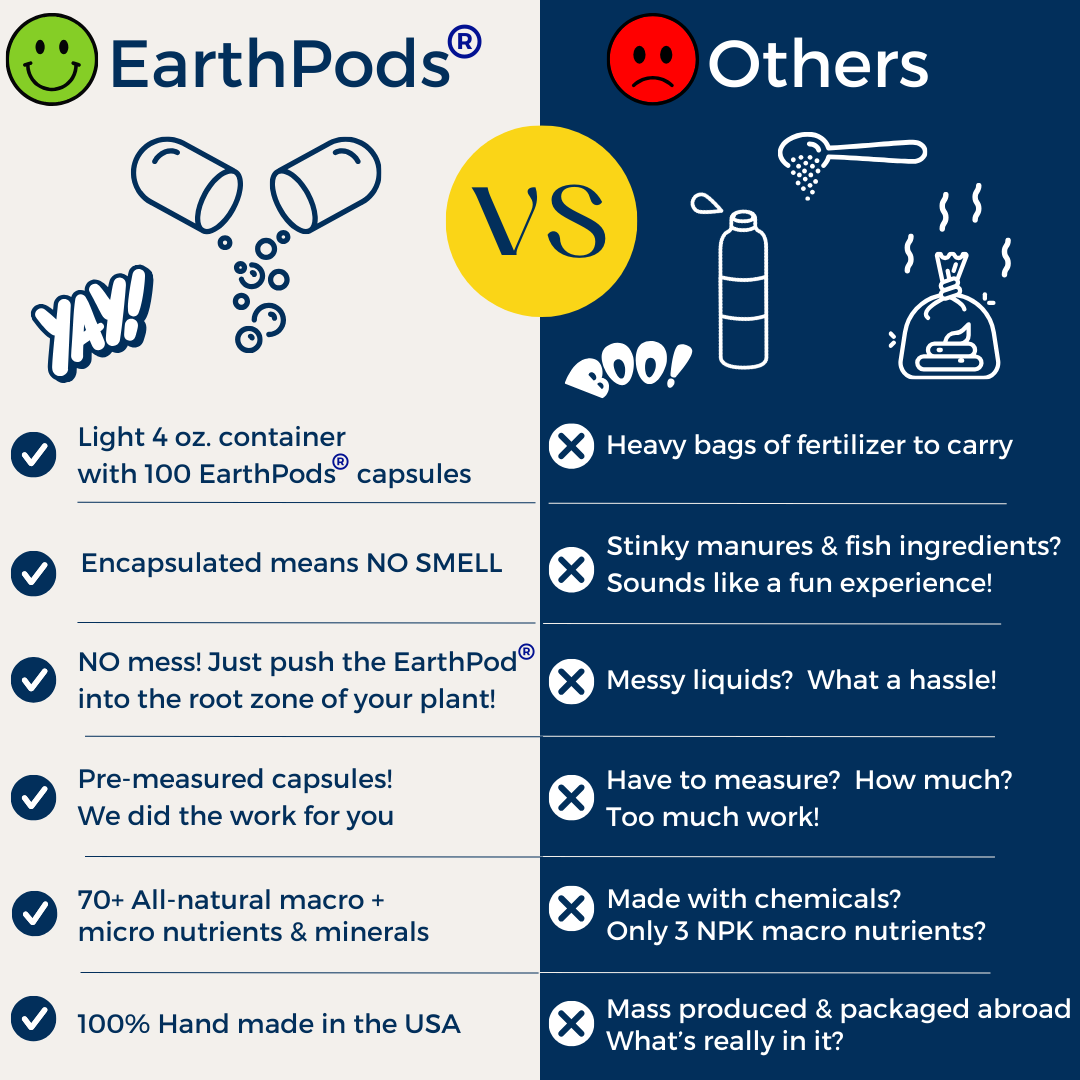
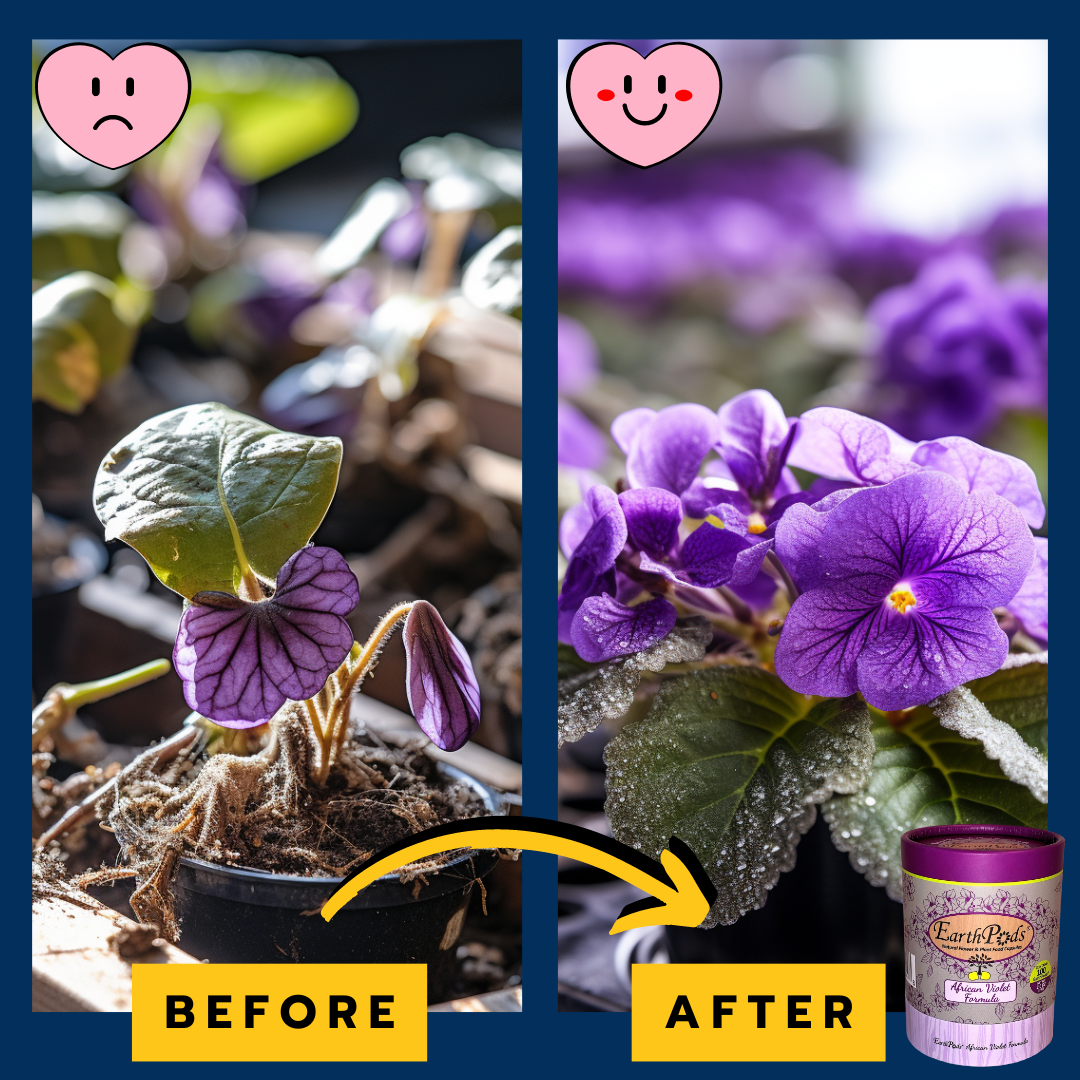
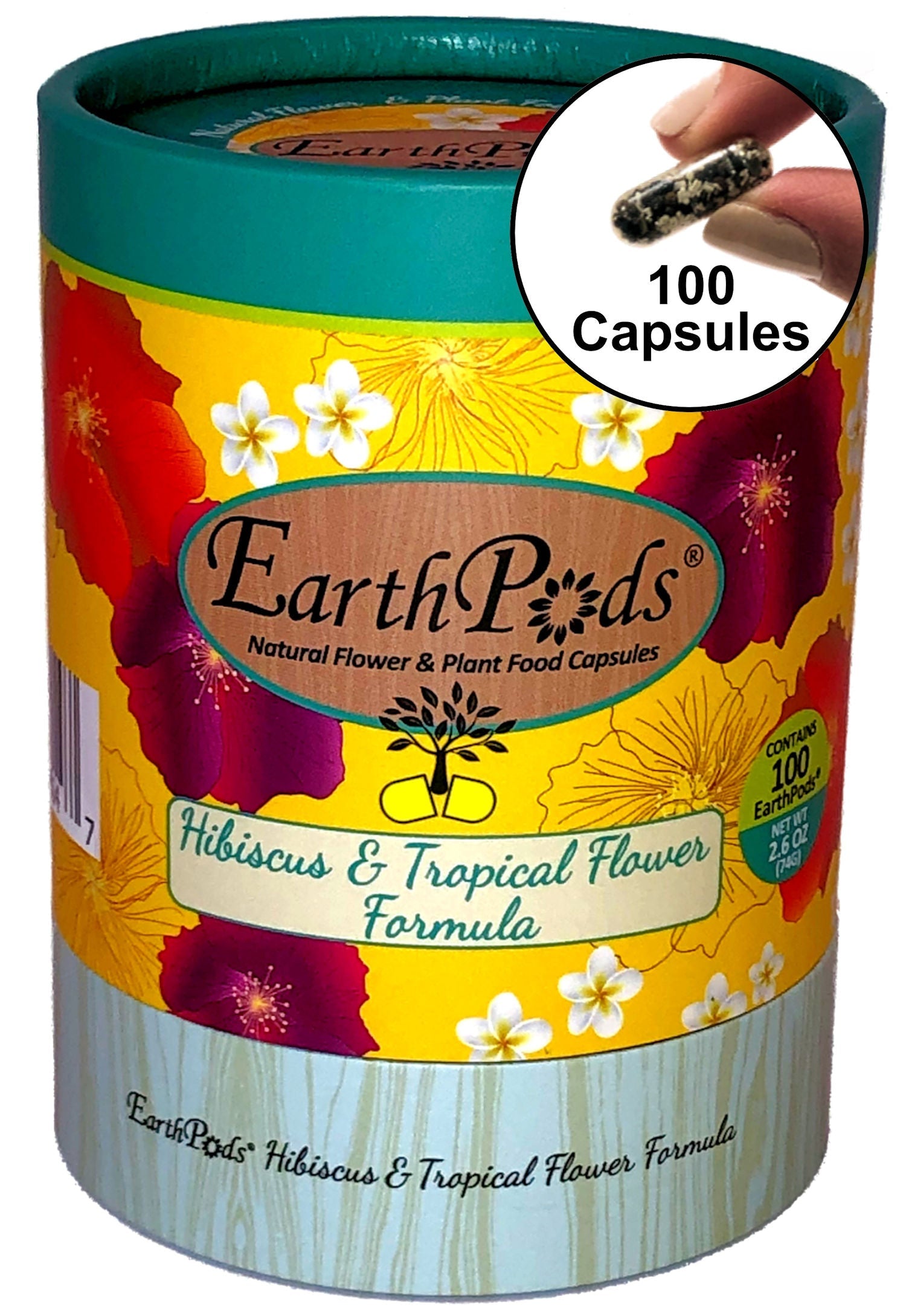


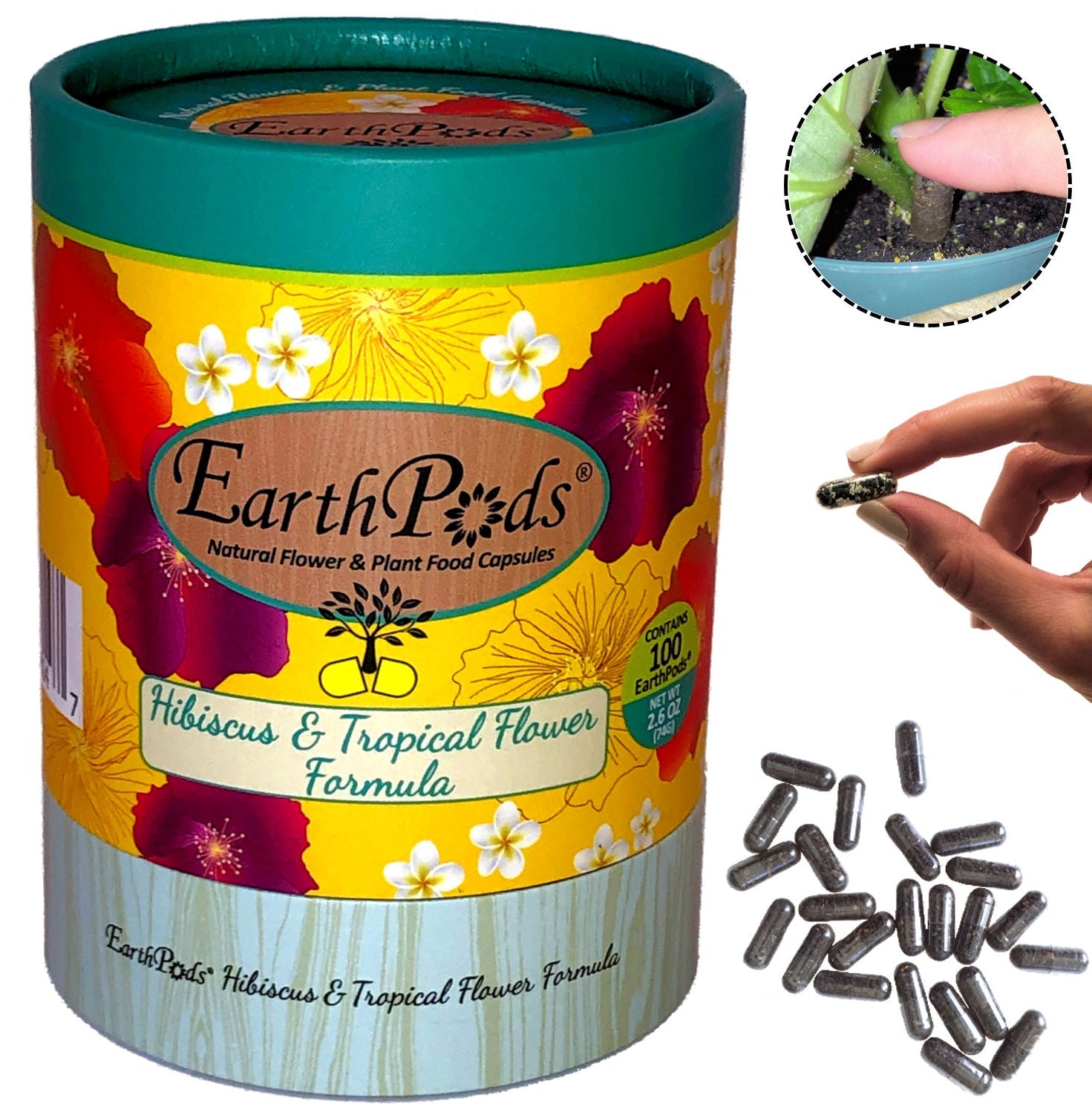
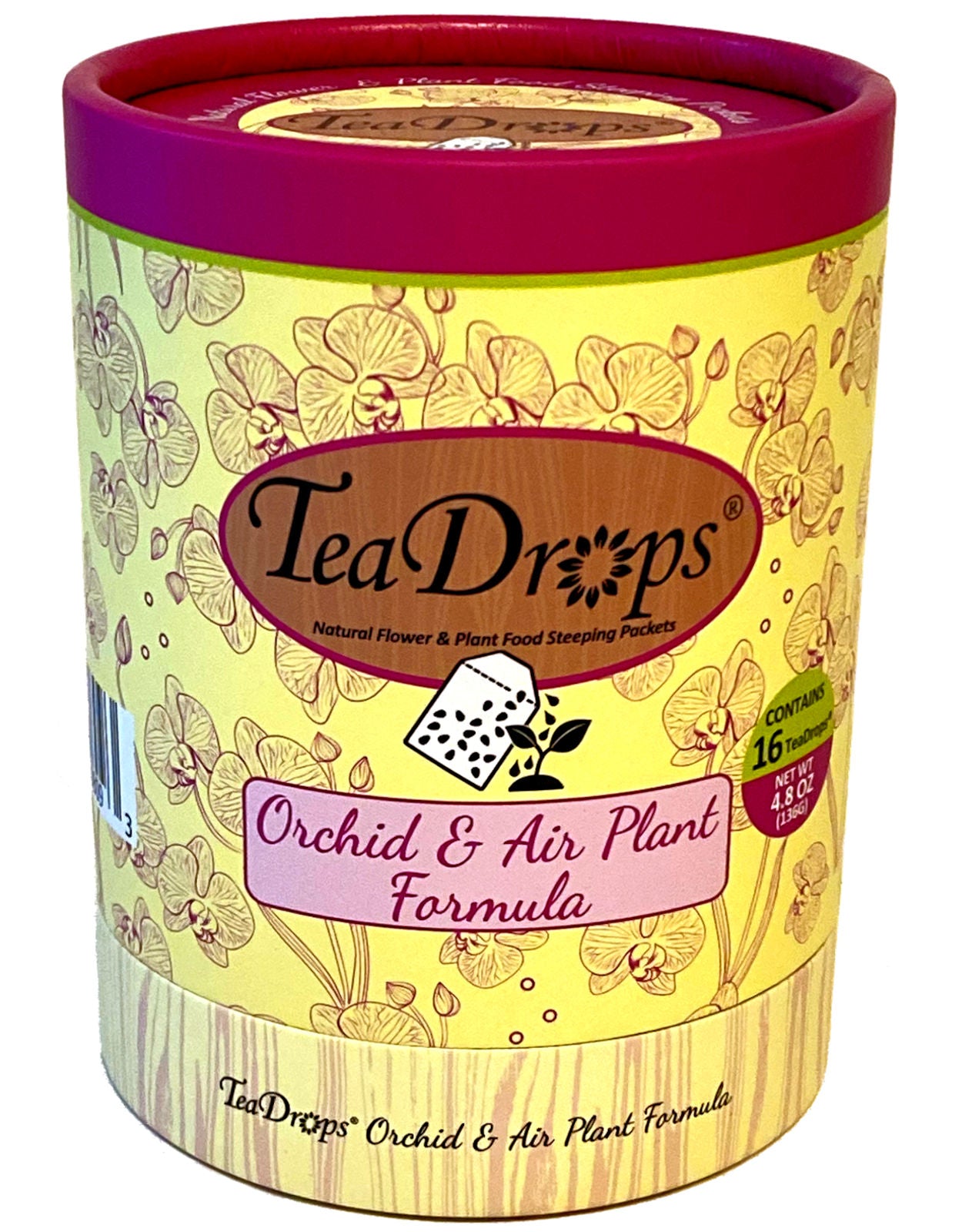
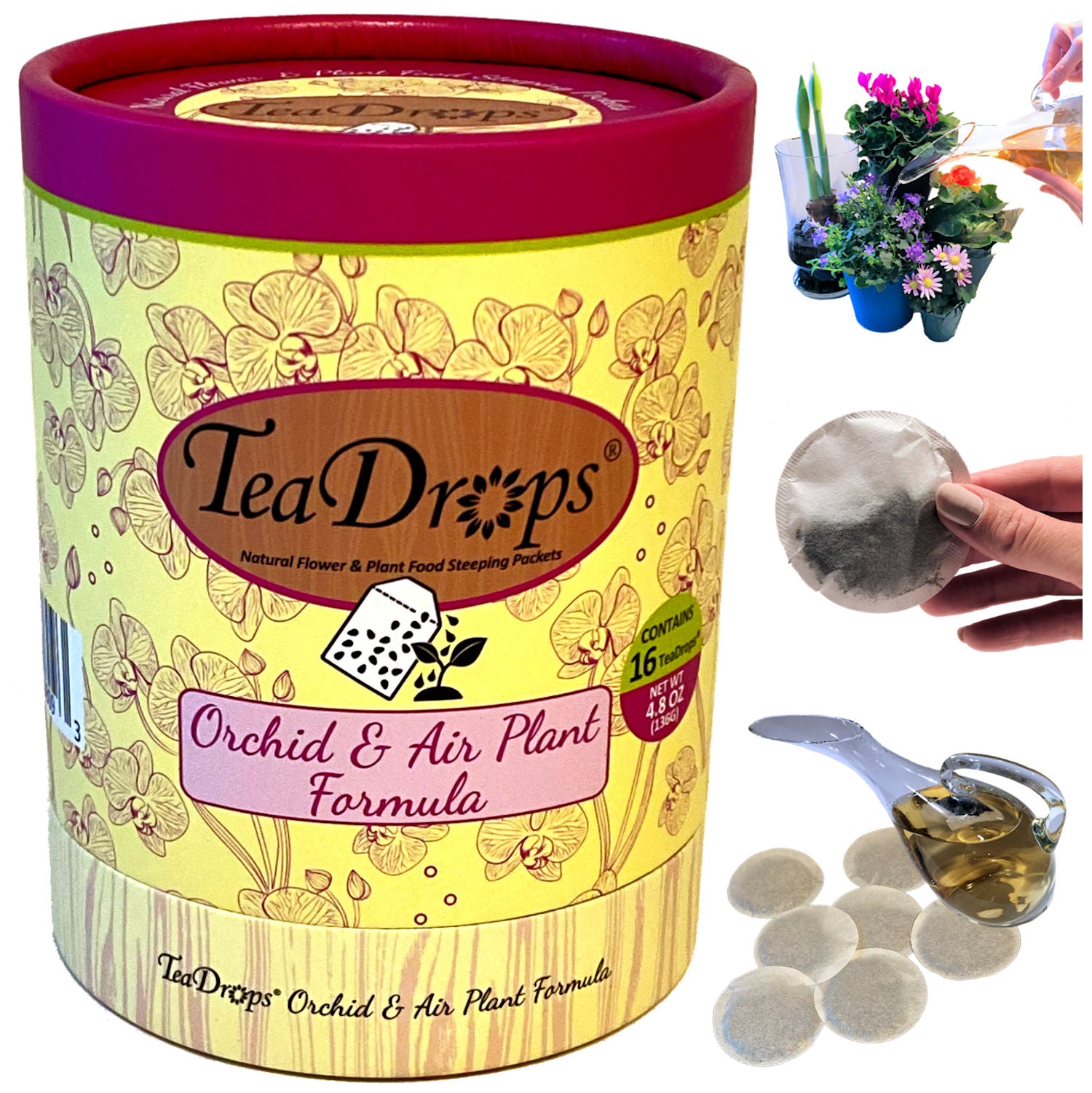
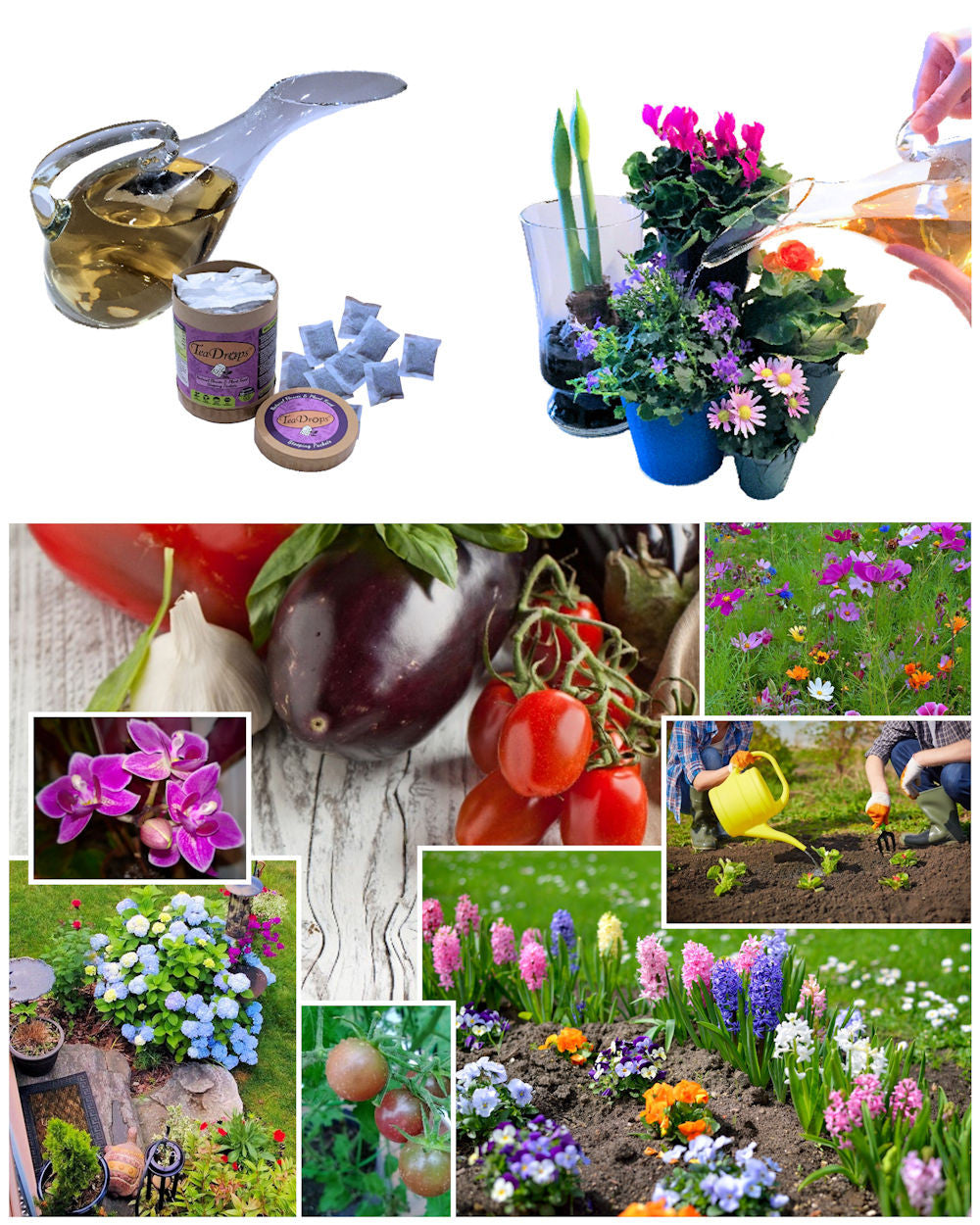
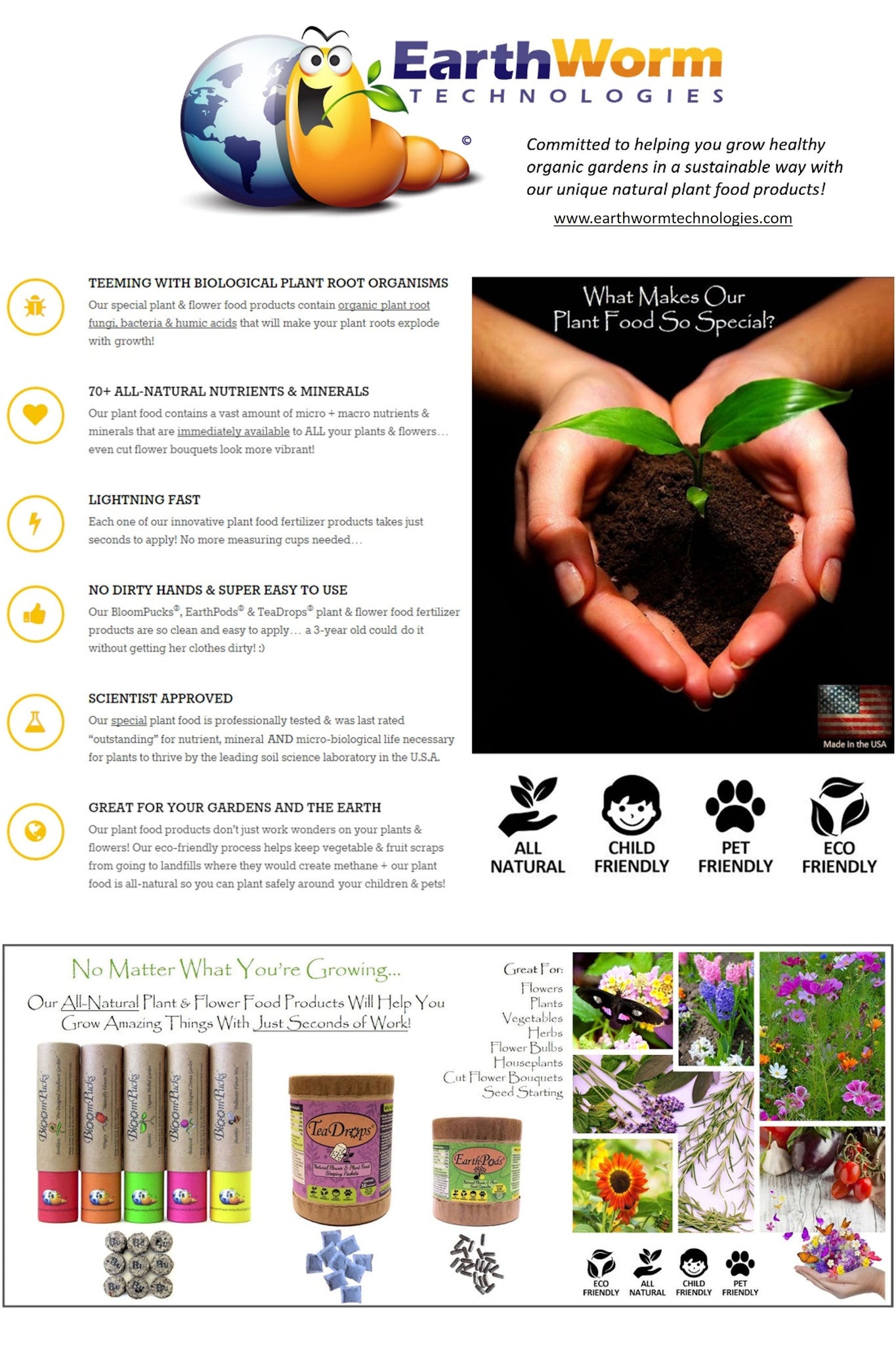
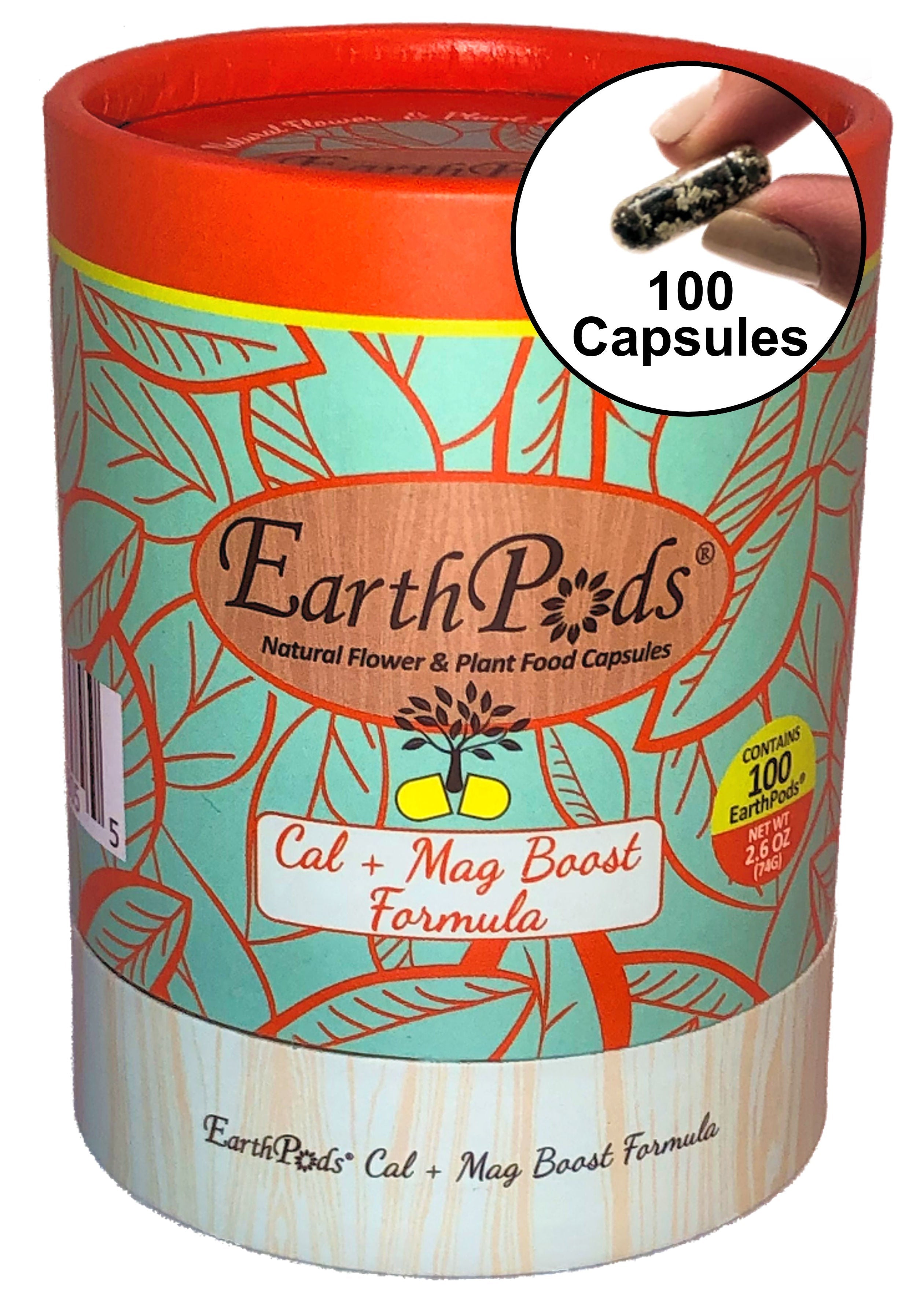
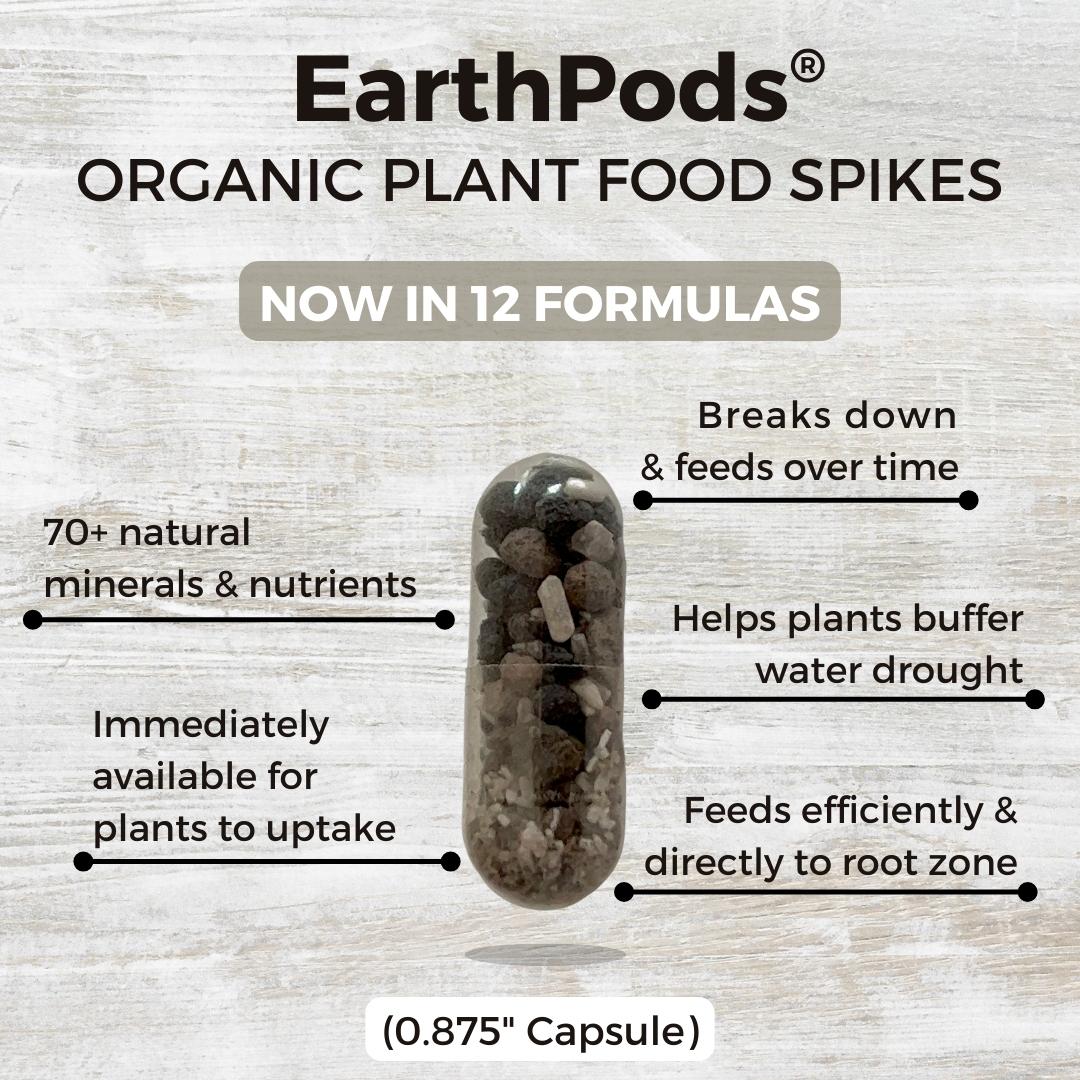

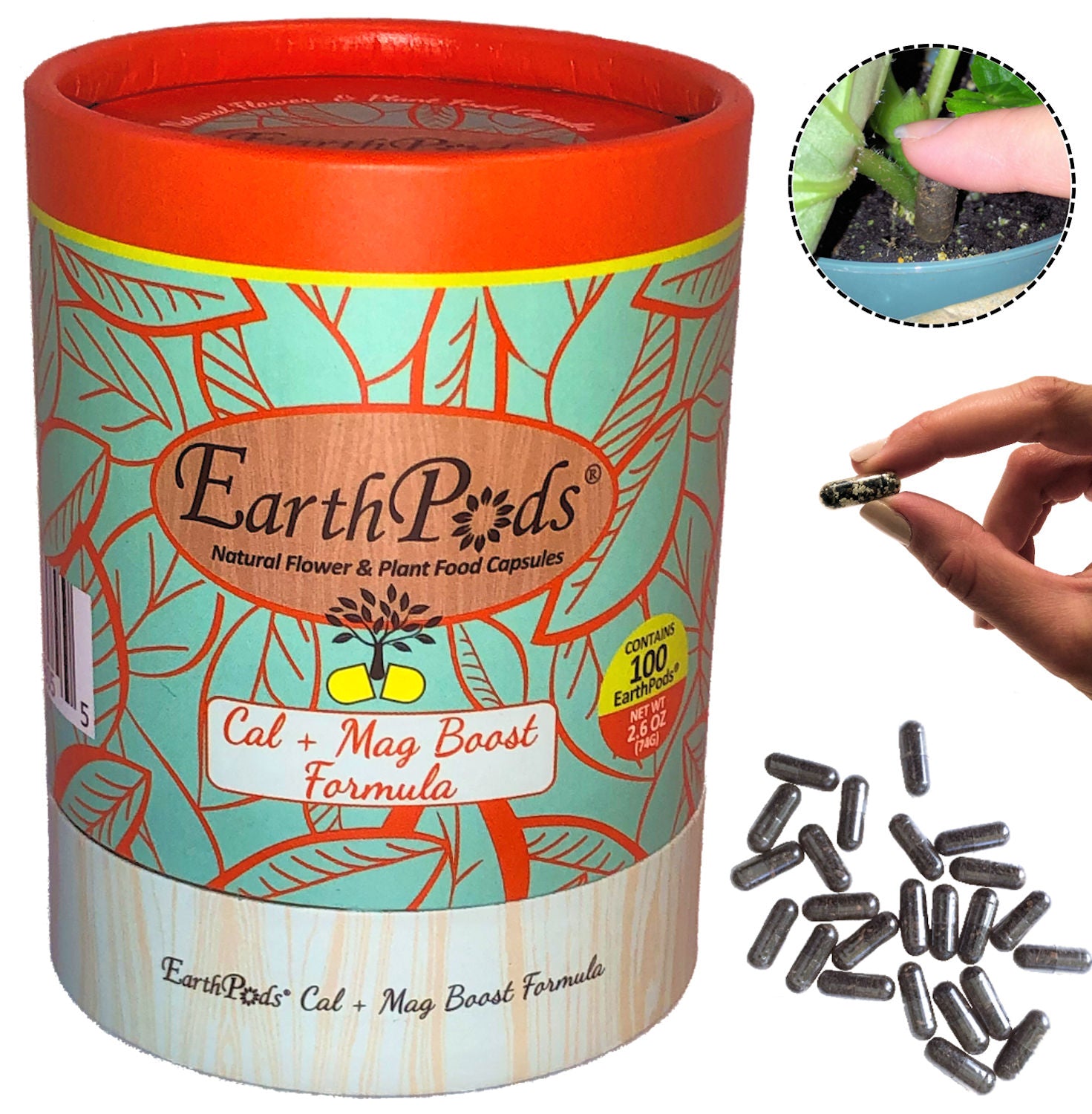

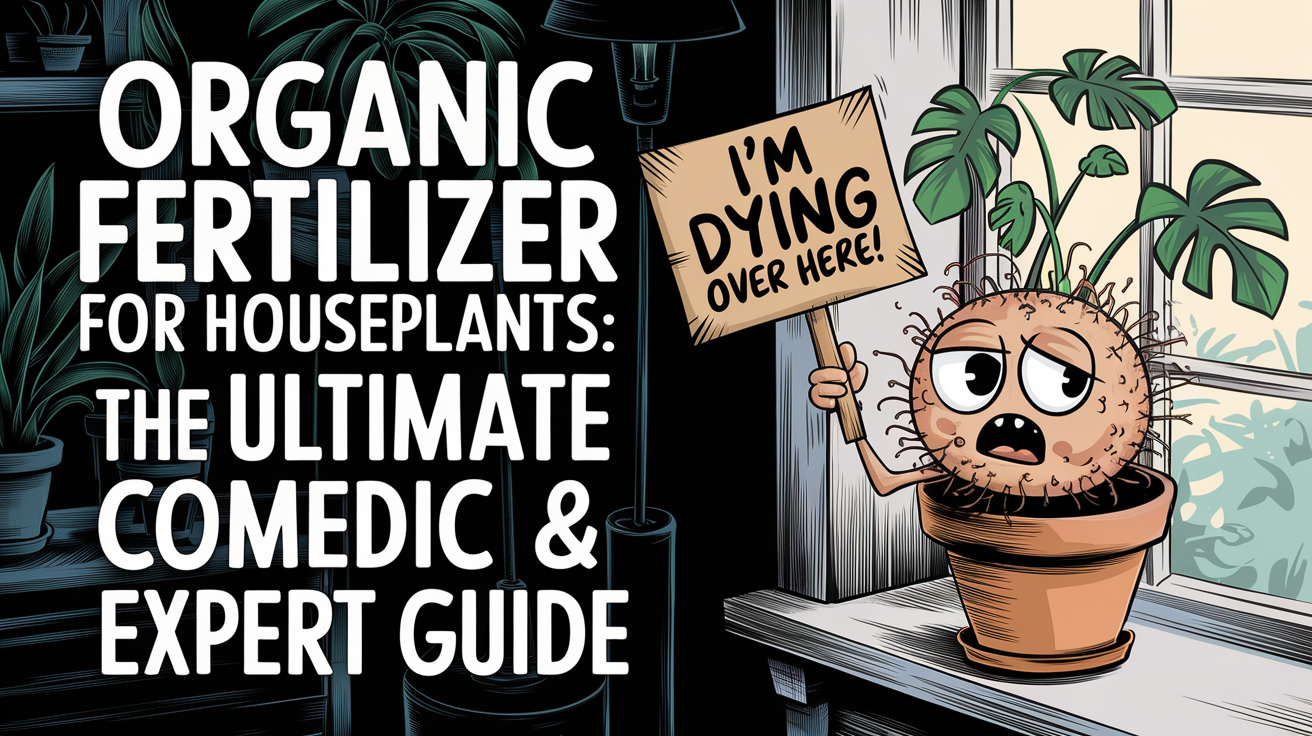
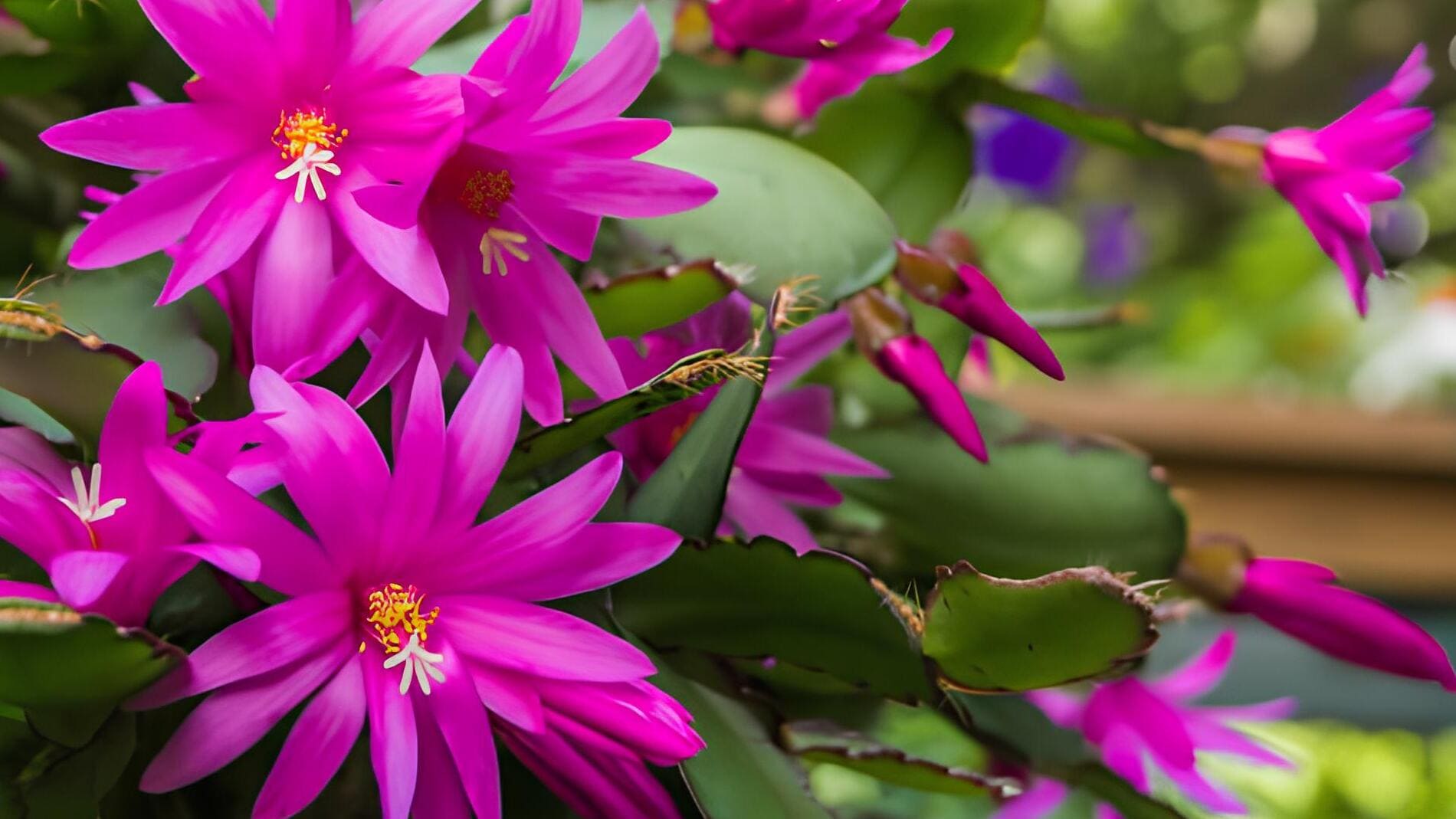
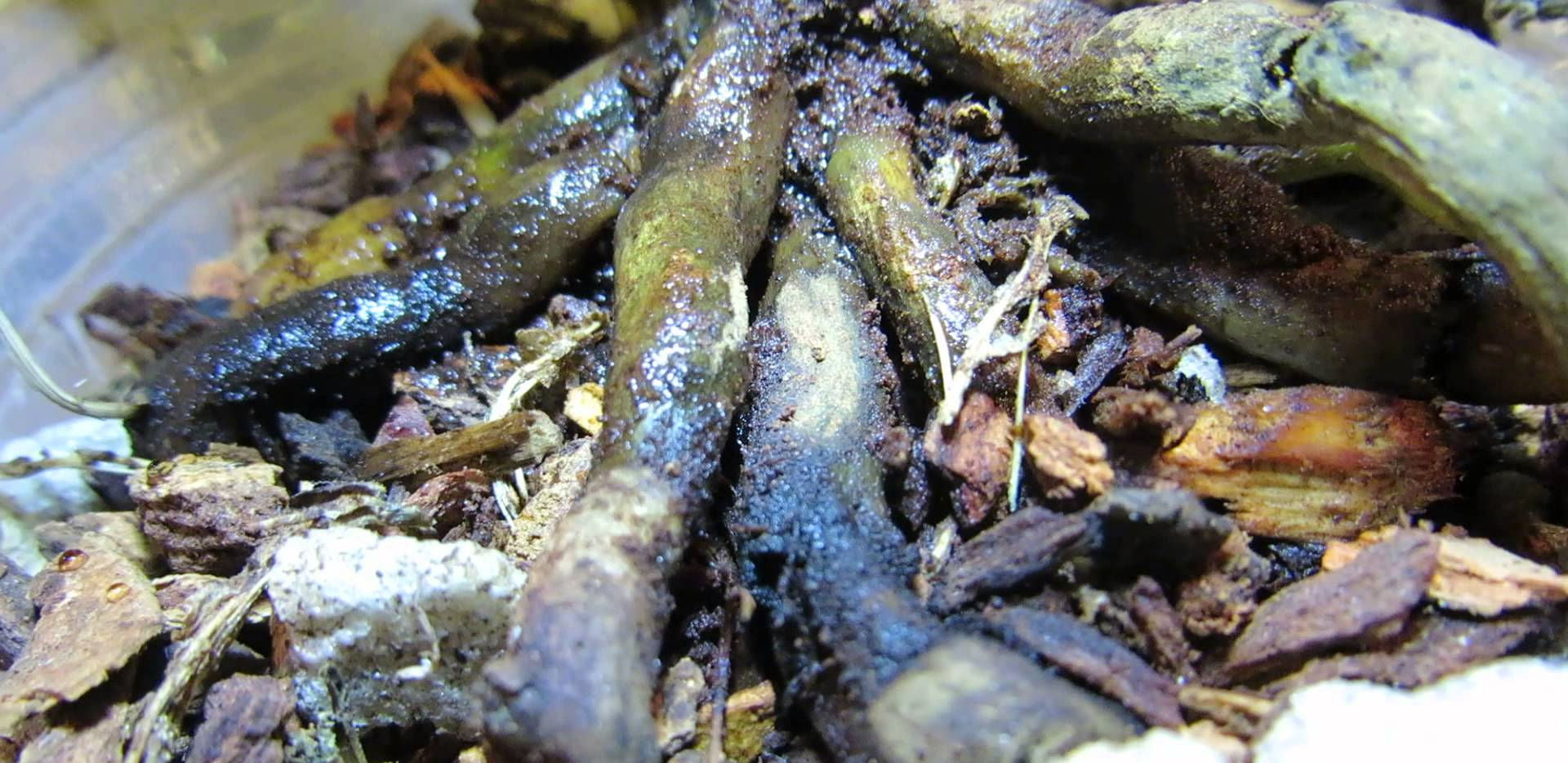
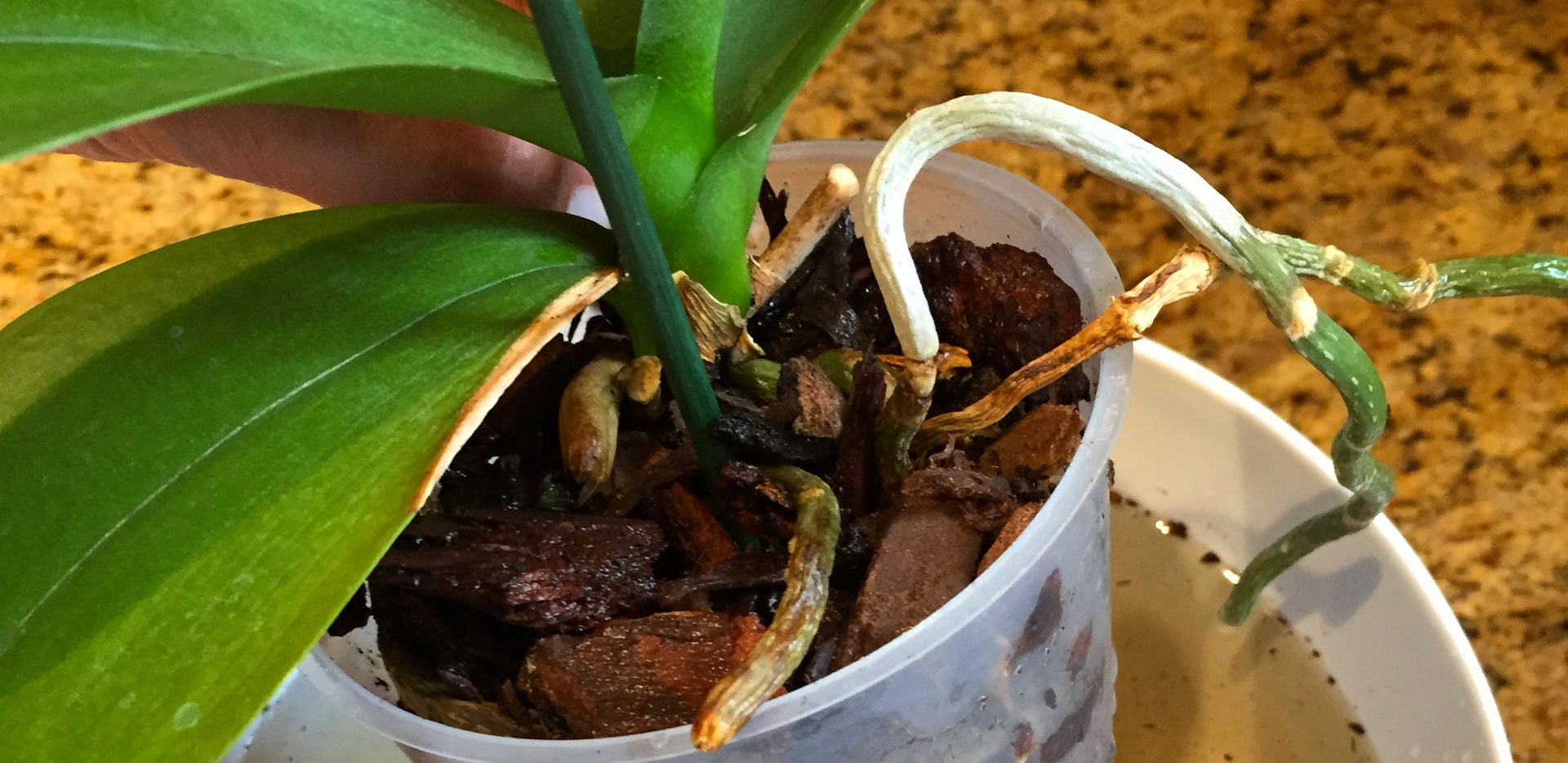
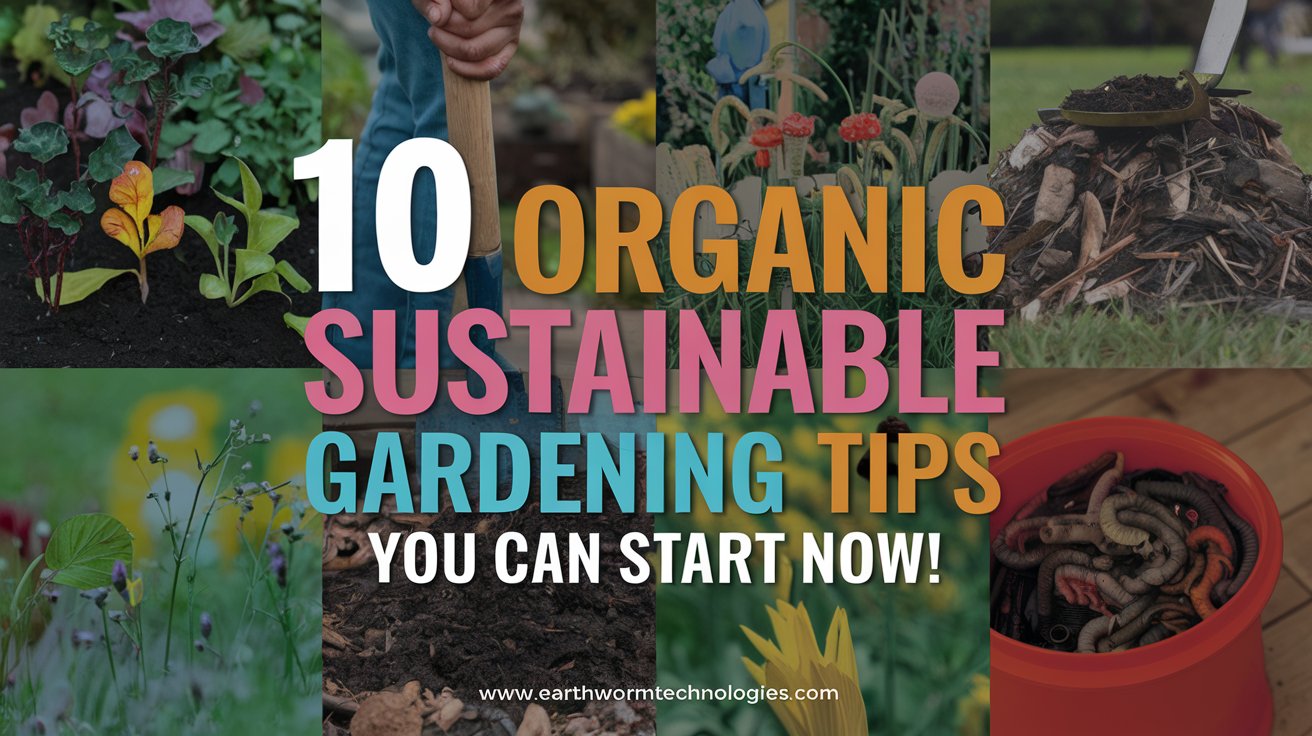
Share:
5 Creative Repurposing Ideas to Recycle a Christmas Tree!
What Are The Benefits of Worm Castings in Your Home & Garden?